Open Monday to Saturday 8 a.m. to 12 p.m. 1:30 p.m. to 7 p.m. - Sunday from 9:30 a.m. to 12 p.m.
Open Monday to Saturday 8 a.m. to 12 p.m. 1:30 p.m. to 7 p.m. - Sunday from 9:30 a.m. to 12 p.m.
François Schmitt comes from a long line of wine producers. At the beginning of the 1970s he took over the family farm in the heart of the village, which at that time consisted of three hectares of vines.
To continue and consolidate operations, François embarked on the acquisition of several plots of land notably on the Bollenberg and Grand Cru Pfingstberg slopes, terroirs which today make up close to 80% of the Domaine’s hectarage.
In 1984, François began constructing new buildings at the village entrance to enable him to efficiently gather in the grape harvest, and then make and bottle it. Two larger vats were added, the first in 1995 and the second in 2004, and then in 2010, François’ wife, Myriam, joined the family business.
In 1998, their son Frédéric had also joined the Domaine, fresh from his superb training in viticulture and oenology in two of France’s top wine towns, Rouffach (in Alsace) and Beaune (in Bourgogne). Several internships rounded off his training, notably at Chateau Guiraud (Sauternes) and Domaine Pierre Bebin (Val de Loire). He is passionate about Grands Vins (fine wines) and it is this which drives him to strive for the best possible quality.
Today, our Domaine boasts 13 hectares.

Frédéric & Myriam SCHMITT
The slopes of the Bollenberg and the Grand Cru Pfingstberg are the terroirs which today make up close to 80% of our Domaine’s hectarage. A third terroir, Grand Cru Zinnkoepflé, was added in the municipality of Soultzmatt in 2014.
| Chardonnay | 0.68 % |
| Sylvaner | 3.85 % |
| Pinot Blanc | 17.97 % |
| Muscat | 1.55 % |
| Riesling | 13.02 % |
| Pinot Gris | 15.12 % |
| Gewurztraminer | 26.07 % |
| Pinot Noir | 21.74 % |






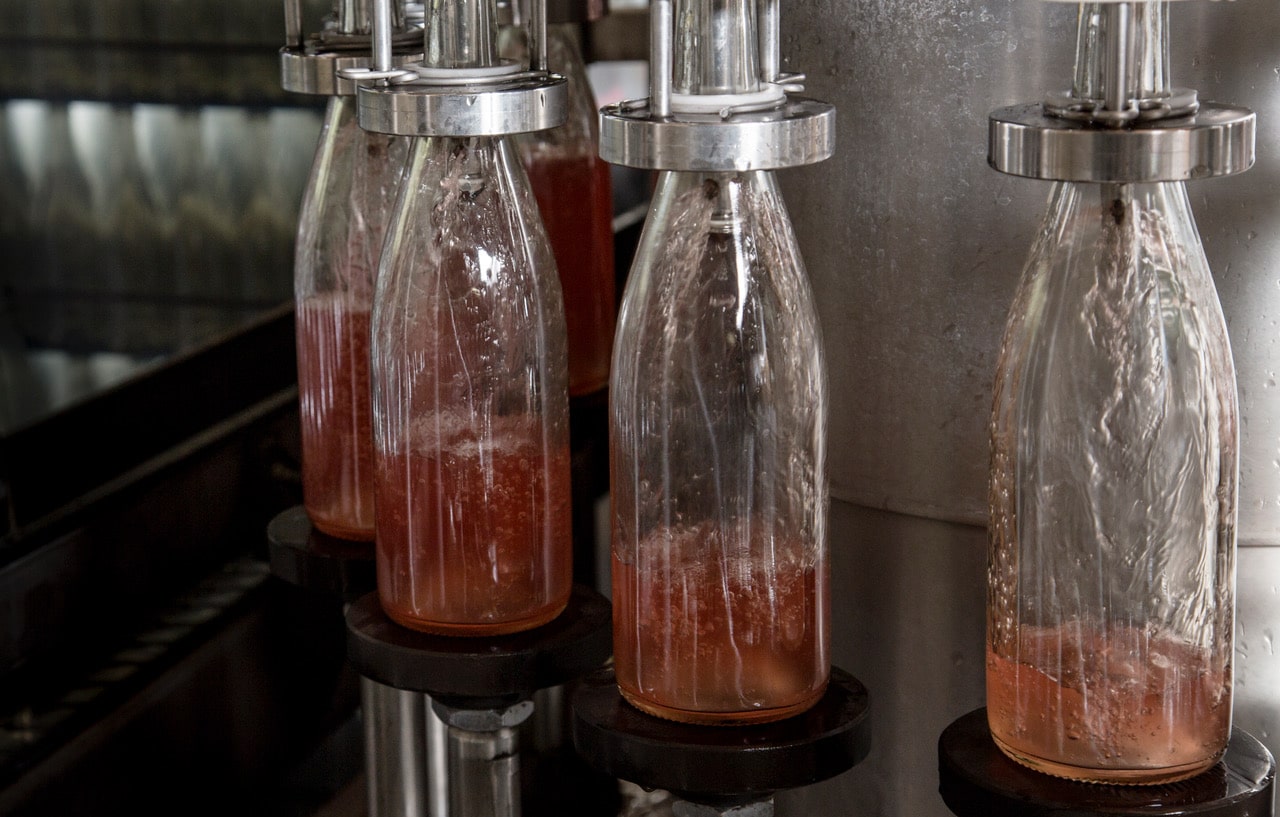



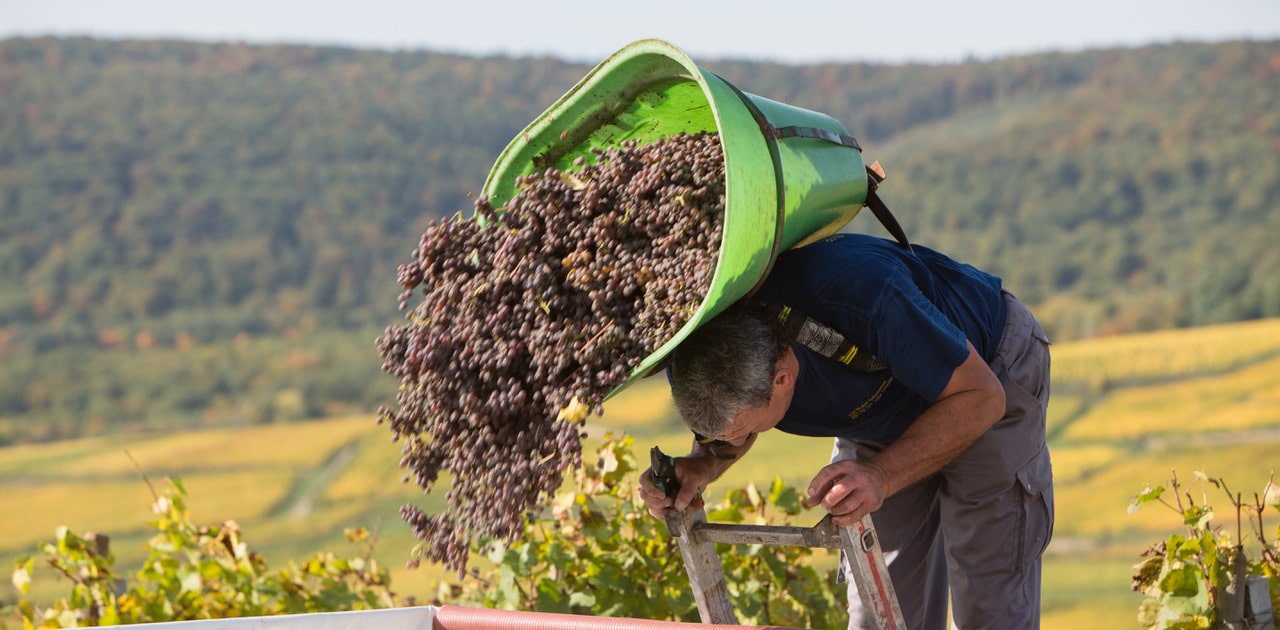
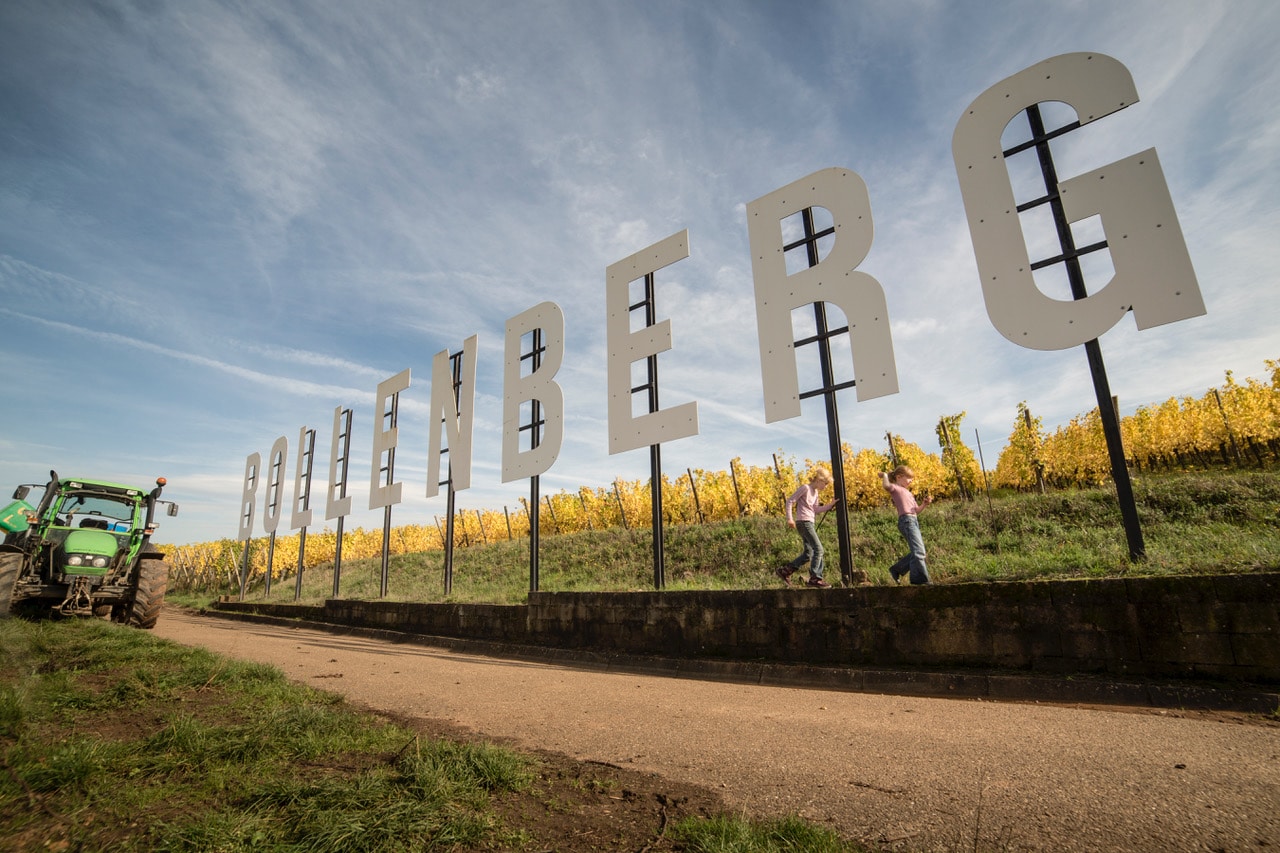
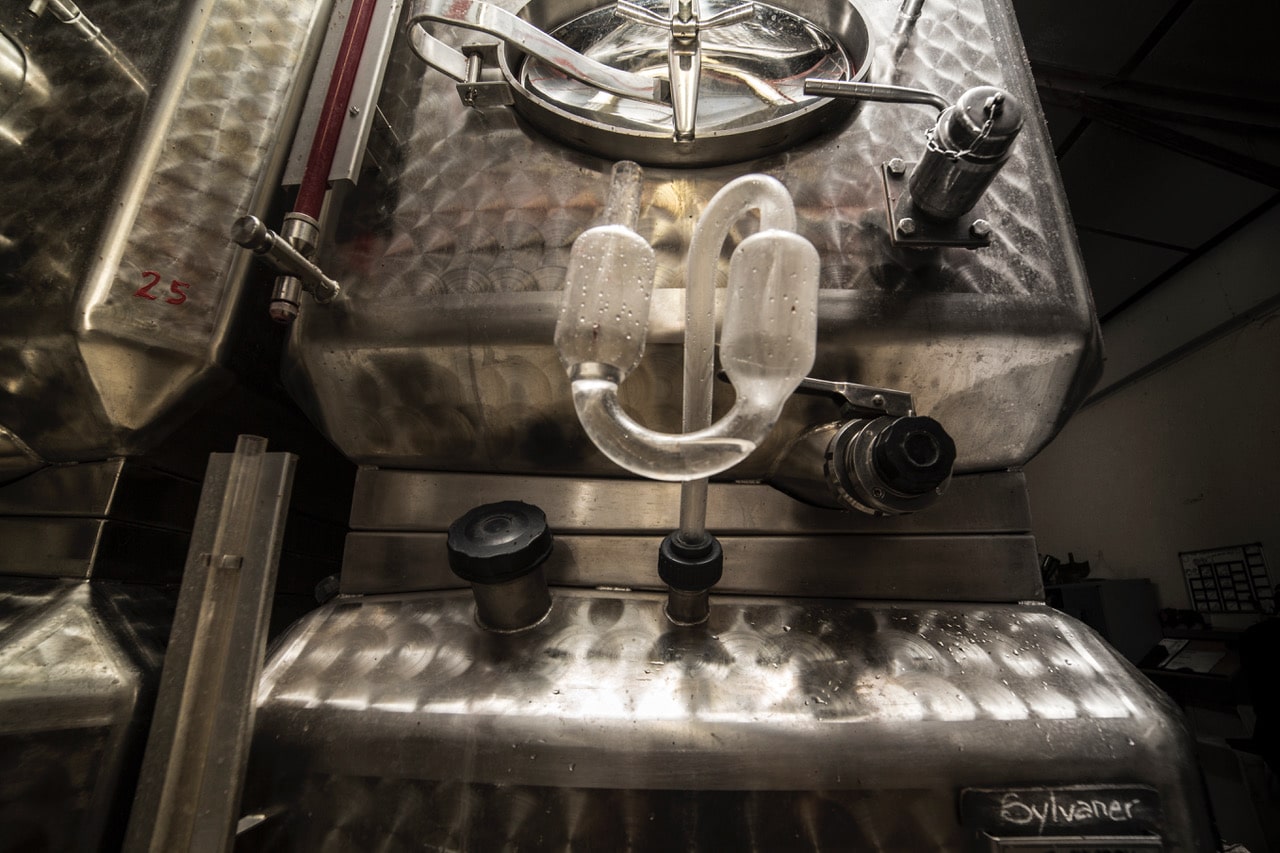
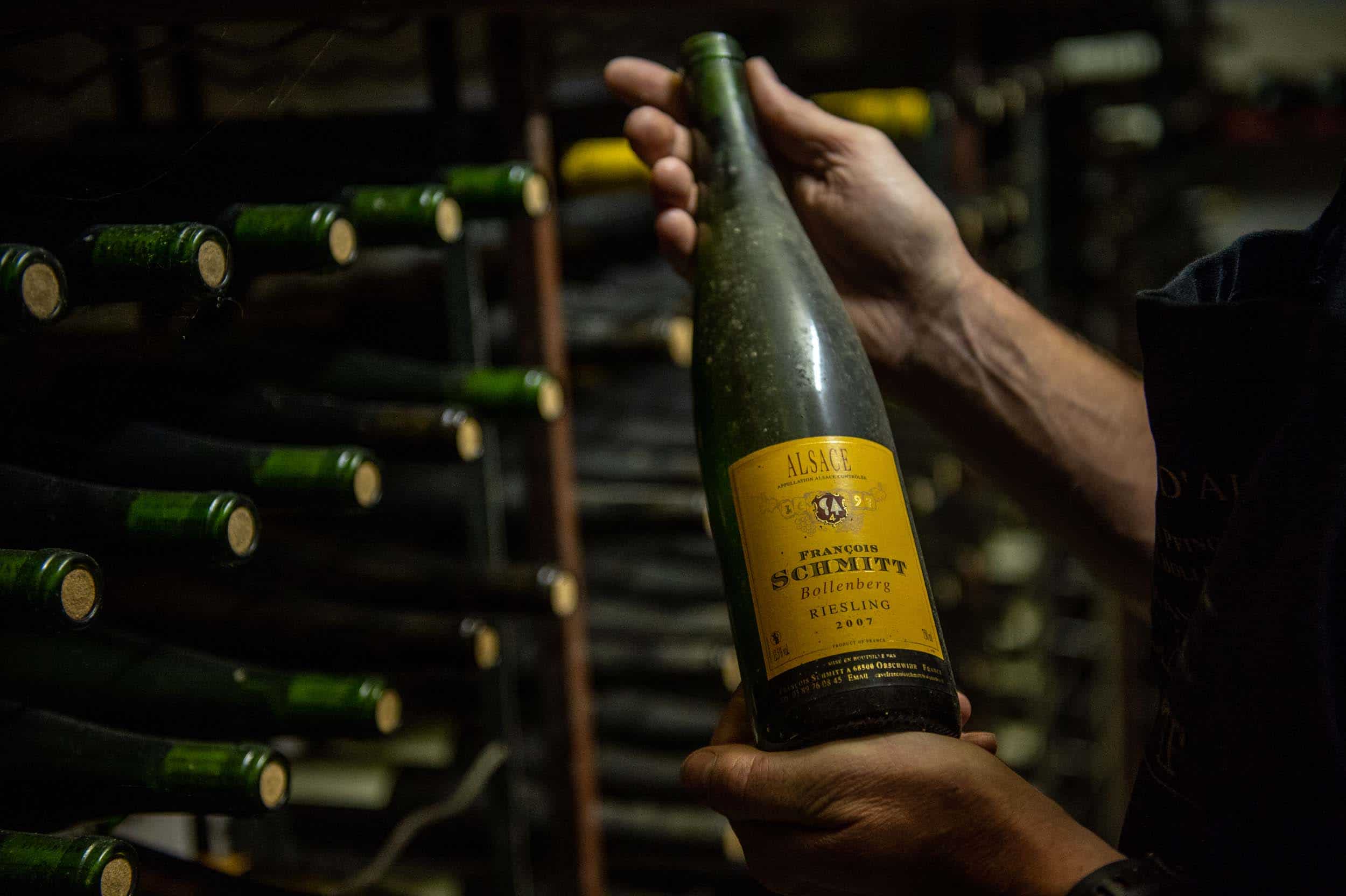
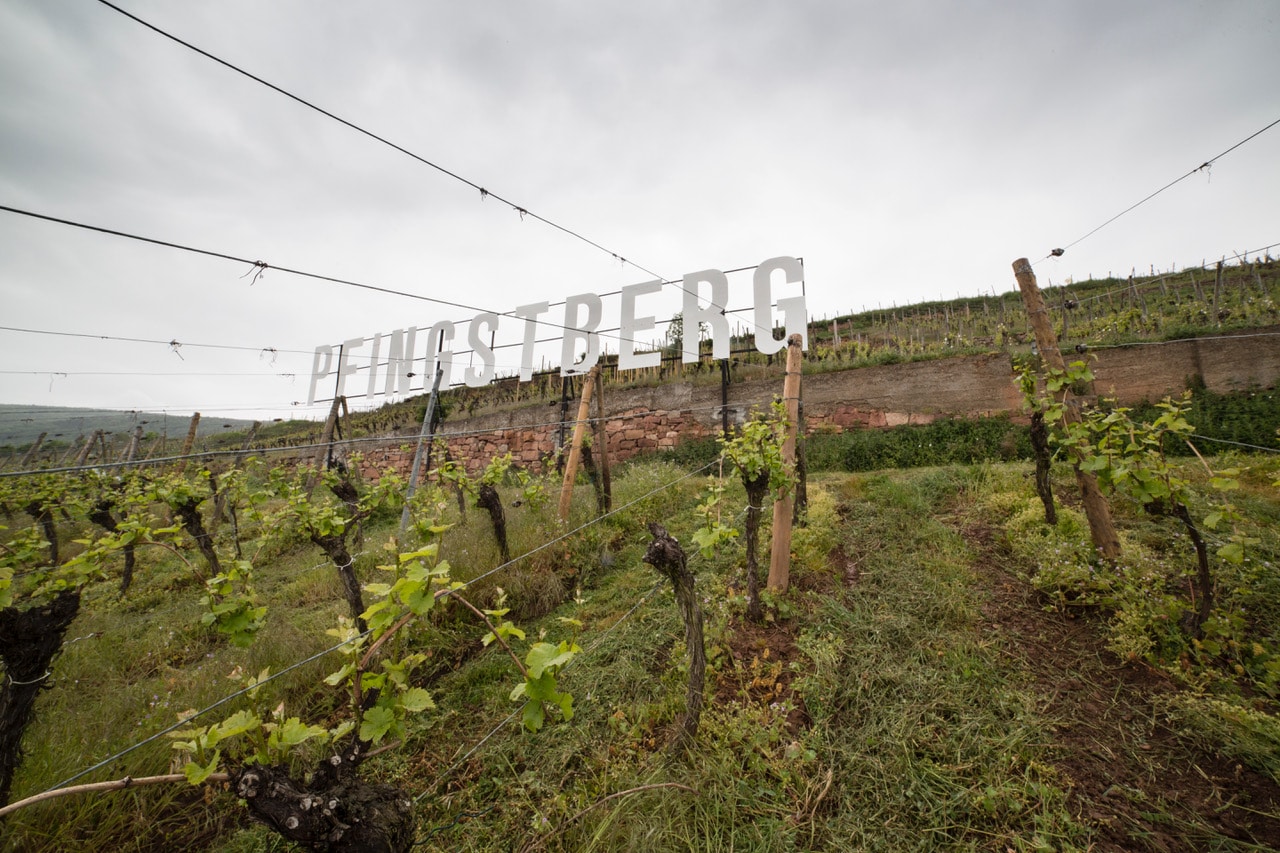
We practice a style of viticulture that is in harmony with our terroirs so we can harvest our grapes at their optimum maturity. We have been working in line with organic principles since 2005, and certified biodynamic (by Demeter) since 2019. This lets us express the personality and character of each terroir through our wines.
Fruity wines, delicious and fresh. Keep for 2-4 years
Mainly a blend of Pinot Blanc – a clean, fresh and dry wine. Ideal for pre-dinner cocktails (like kir), sauces, marinades and everyday use.
Fresh and elegant nose, with notes of fresh soft red fruit (red currants). A wine for summer, a wine for sharing. Fresh on the palate, fruity and refreshing, ideal with grilled meat.
A fruity wine par excellence, fresh and refreshing. Serve as an aperitif, or with asparagus or soup.
This is a wine which combines suppleness with lightness, and a perfect representation of Alsace wines. Works well with hot and cold starters.
A light, vivacious wine with fresh citrus notes. Lovely with sauerkraut, of course, but also seafood and fish.
A round nose with smoky notes, slightly briochy. A supple wine, with a creamy aftertaste on the palate followed by a lovely freshness. Marvellous accompaniment to white meats and dishes with a sauce.
A supple Gewurztraminer, lovely, sleek and aromatic on the palate. This is a gastronomic wine, with a wonderful freshness. Serve with strong cheeses and exotic dishes, or as an aperitif, for example.

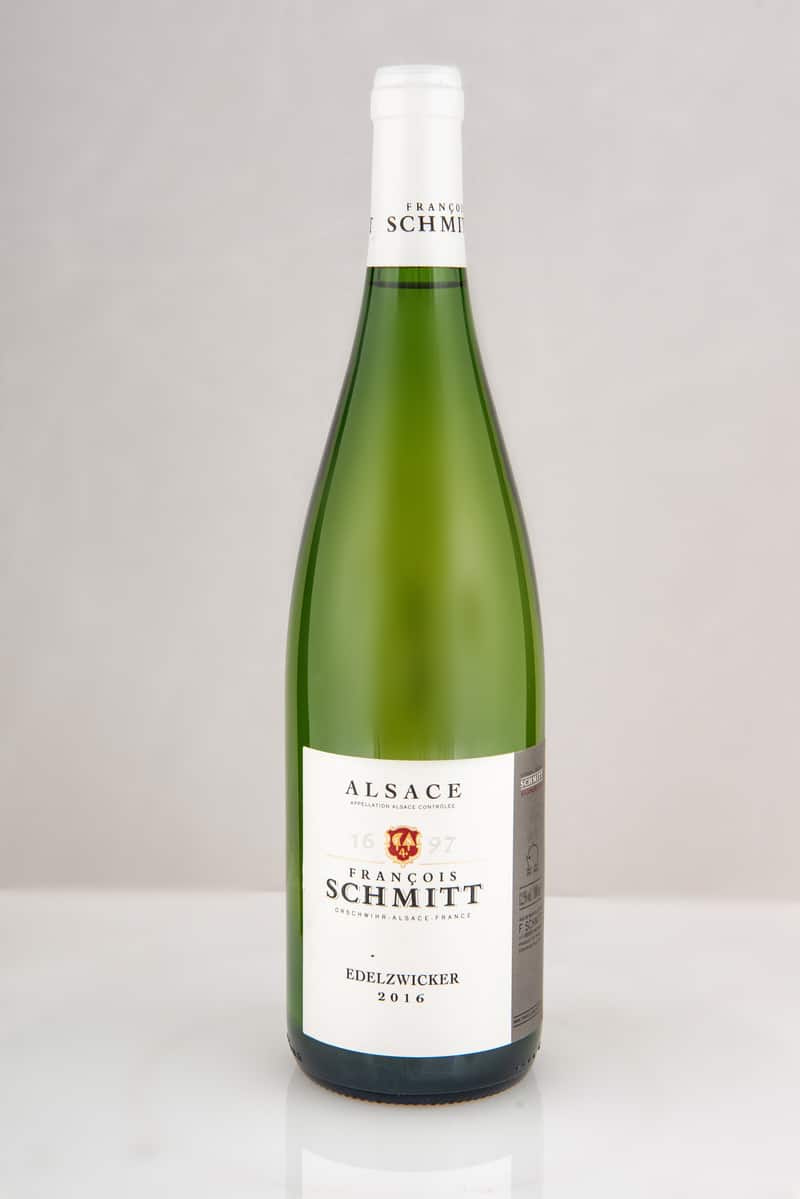
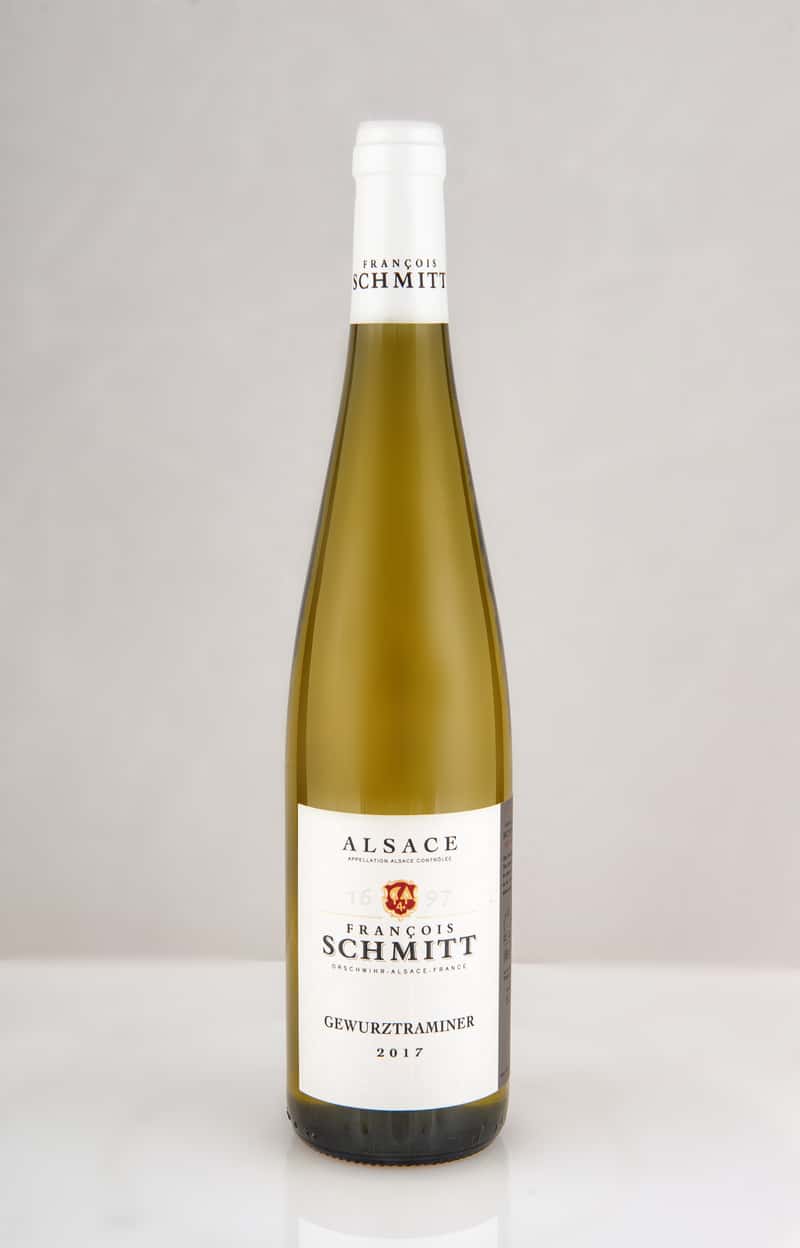
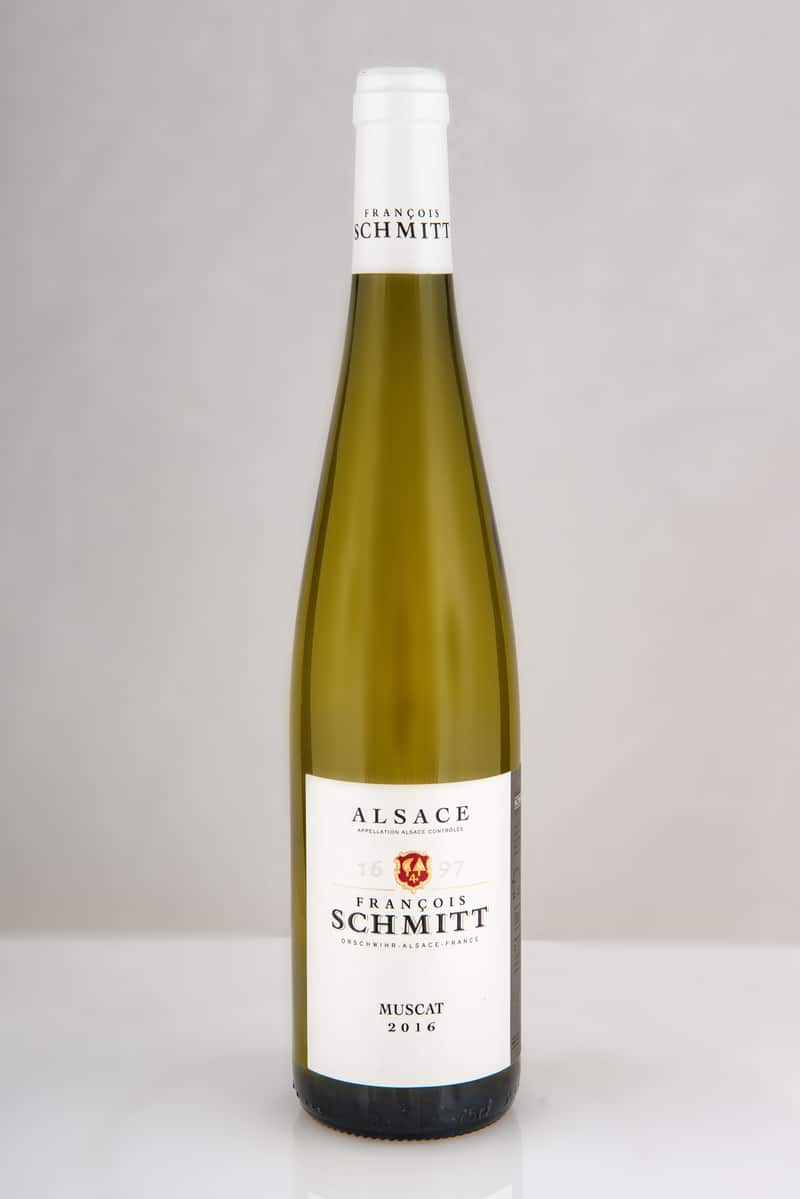
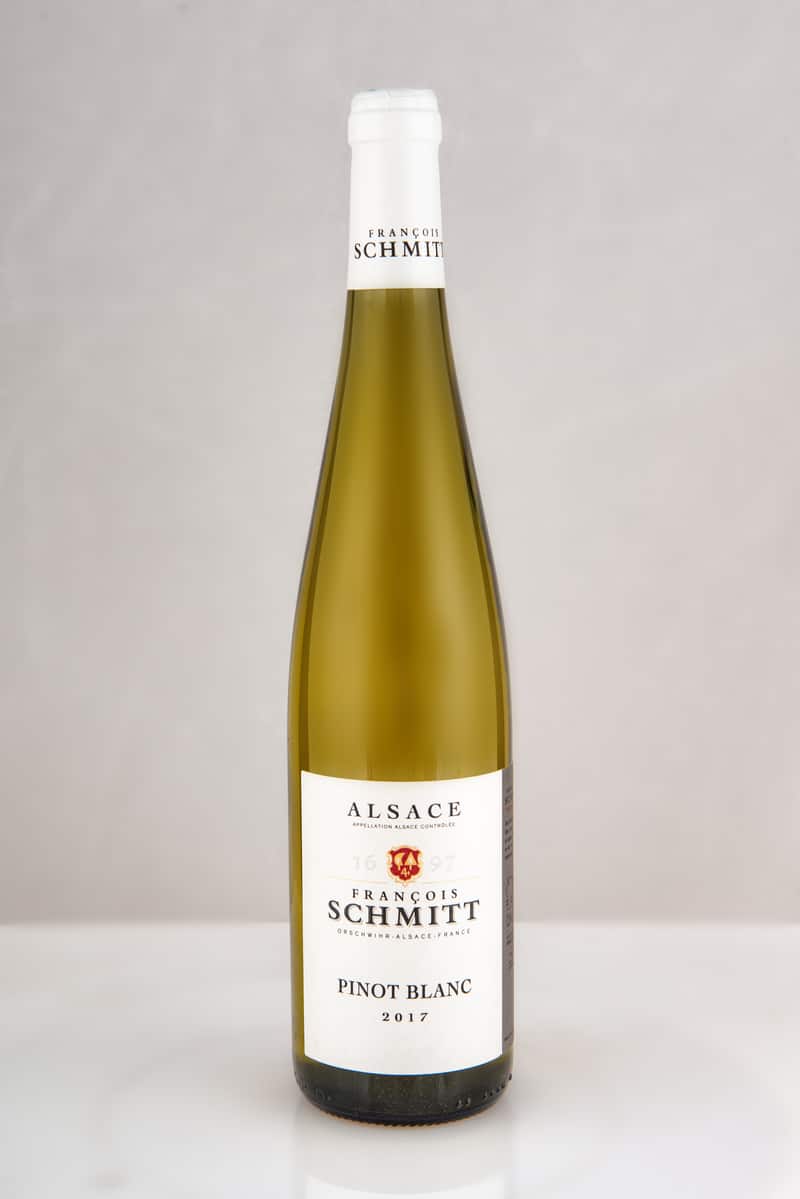

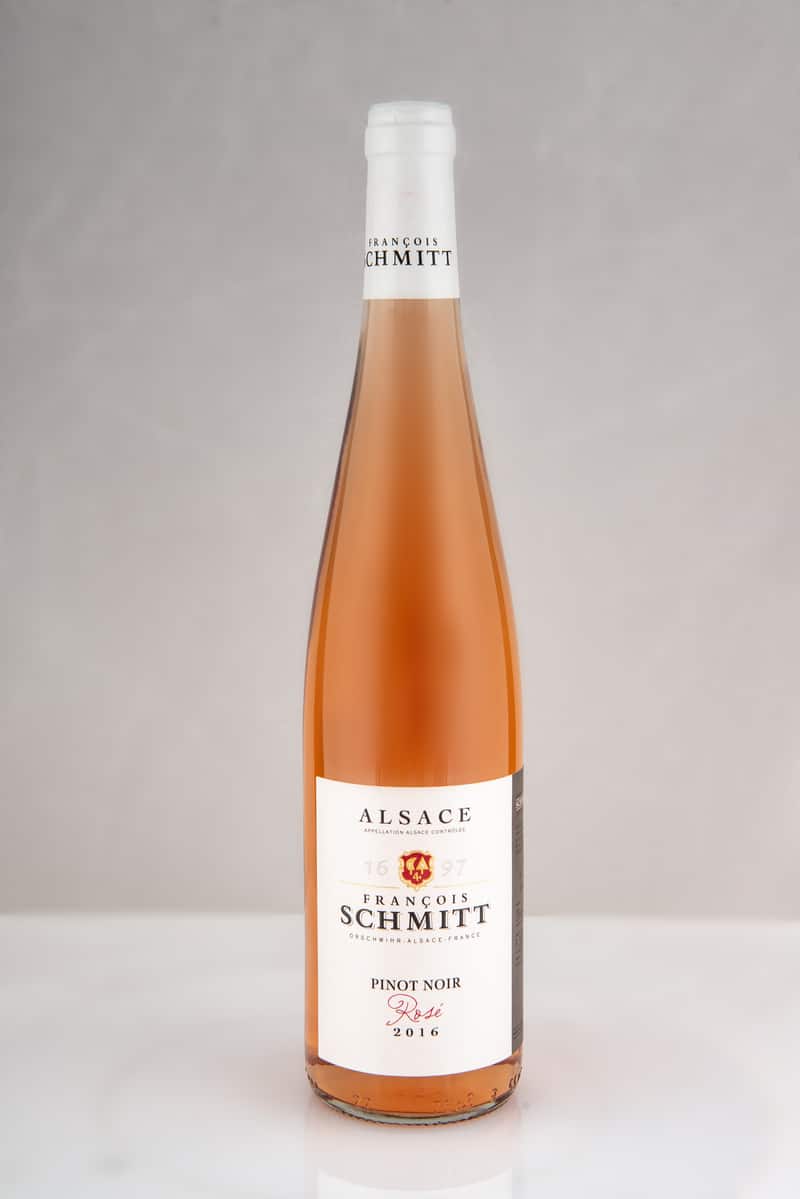
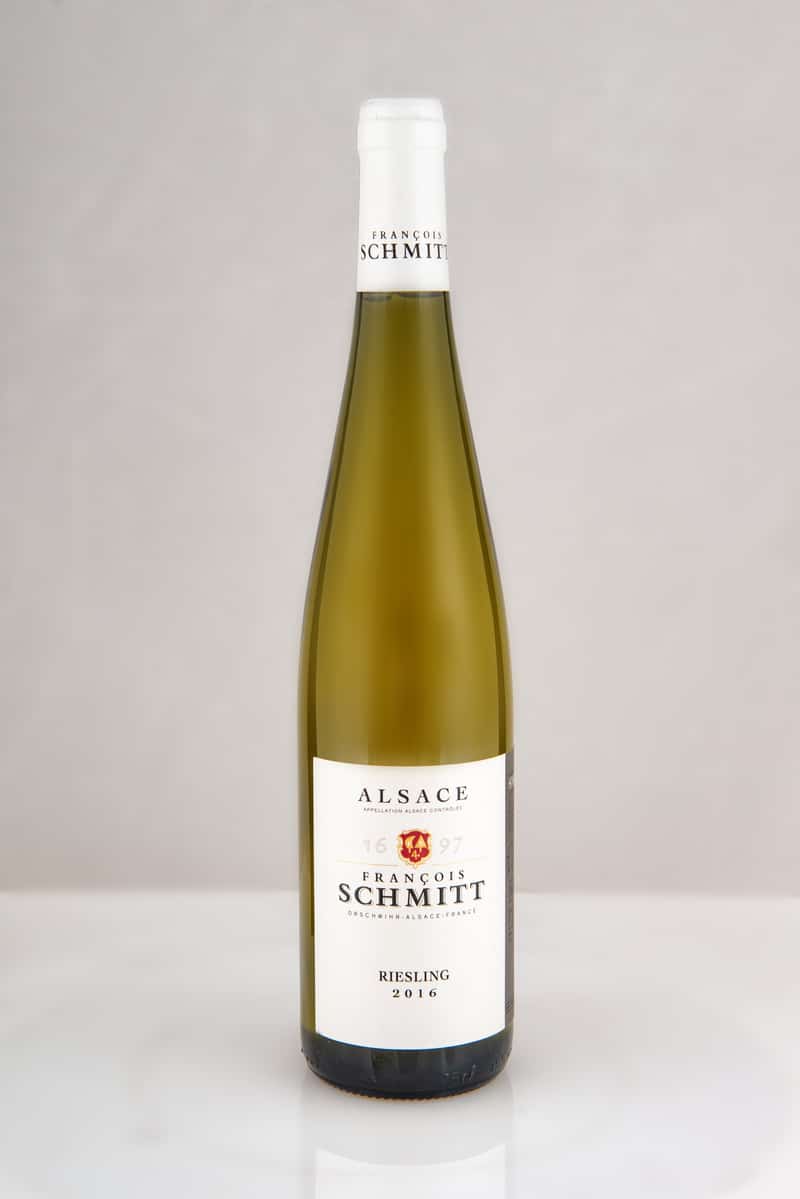
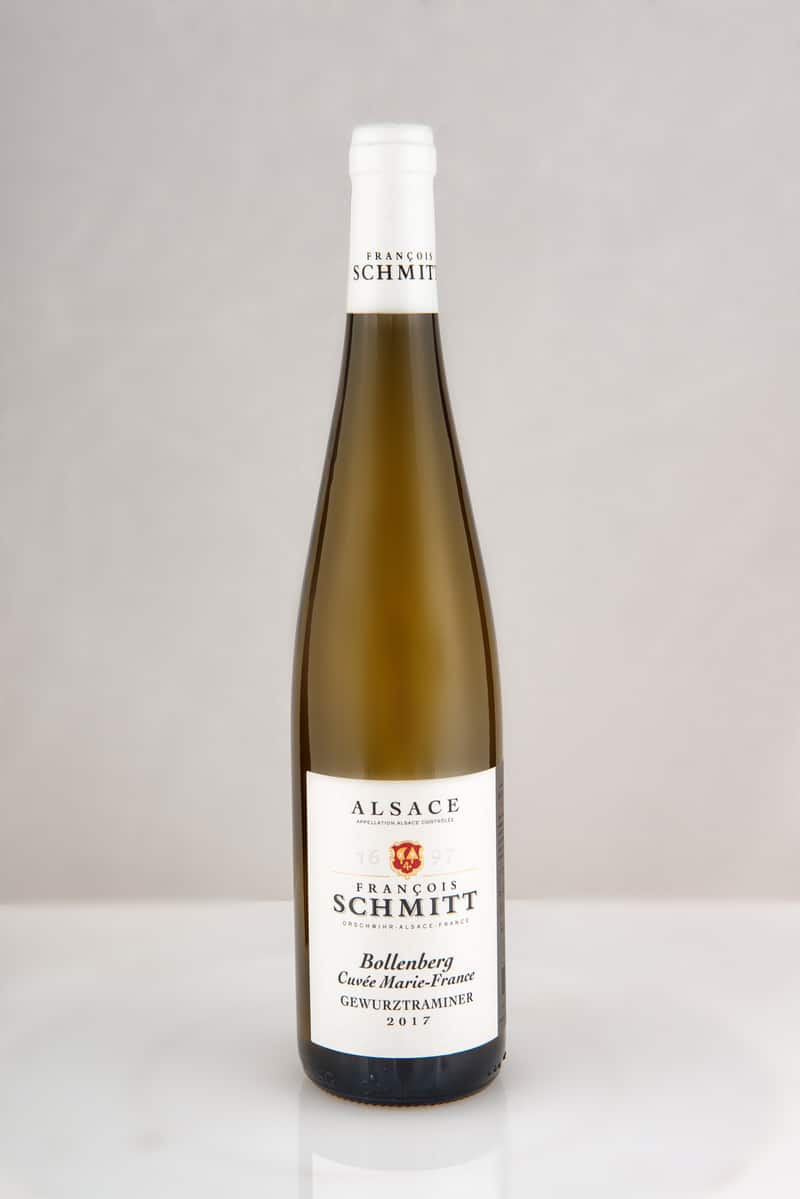
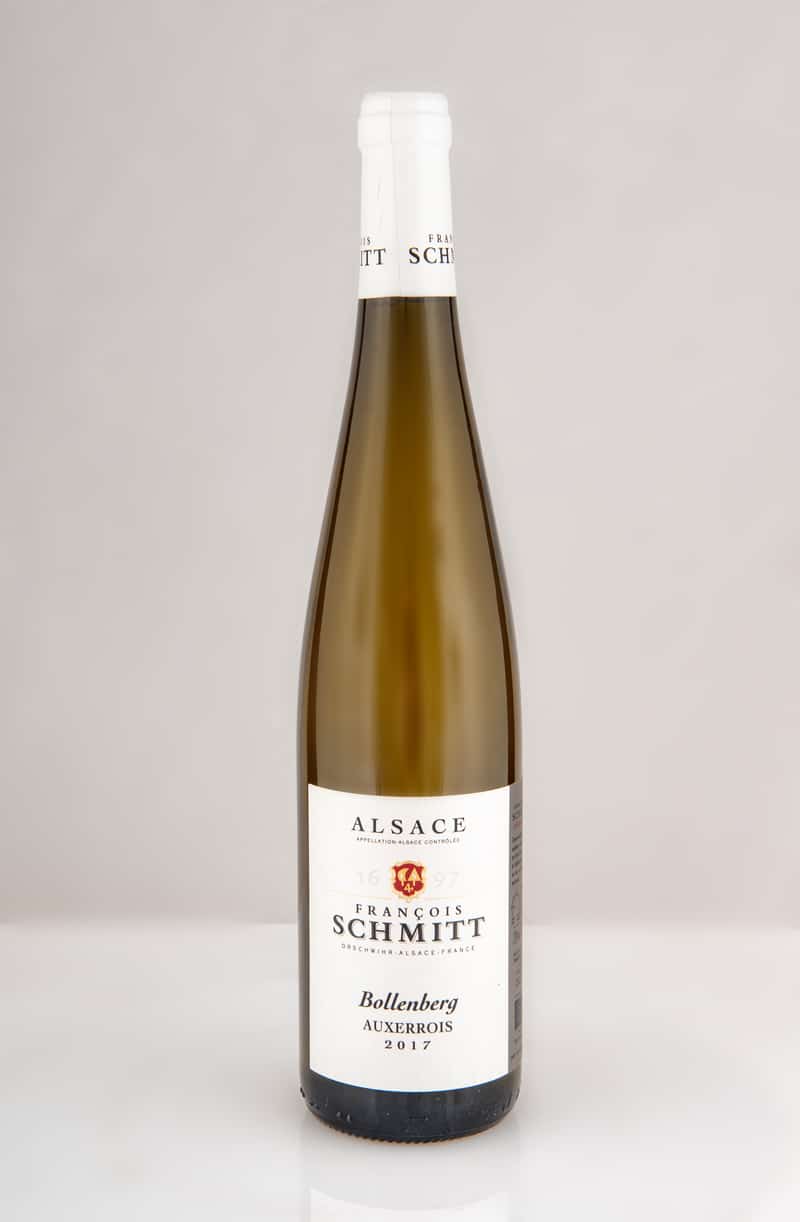
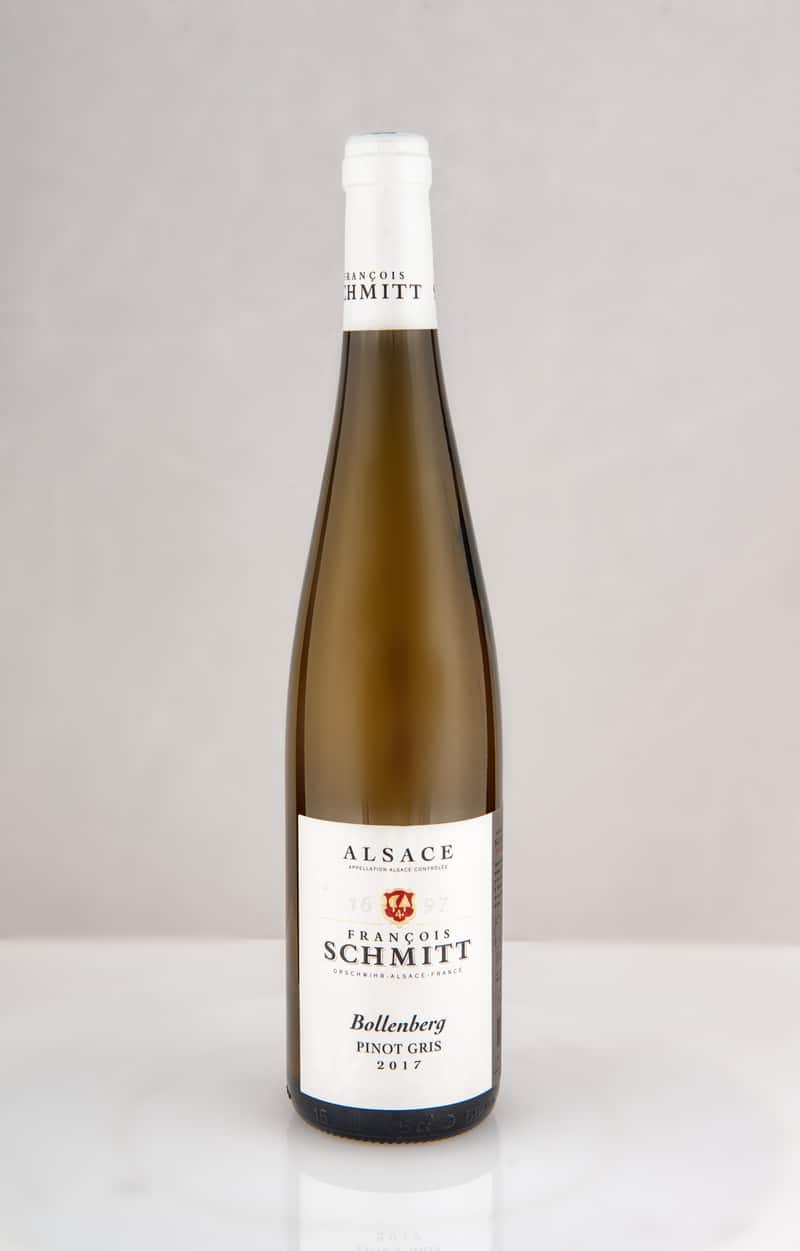

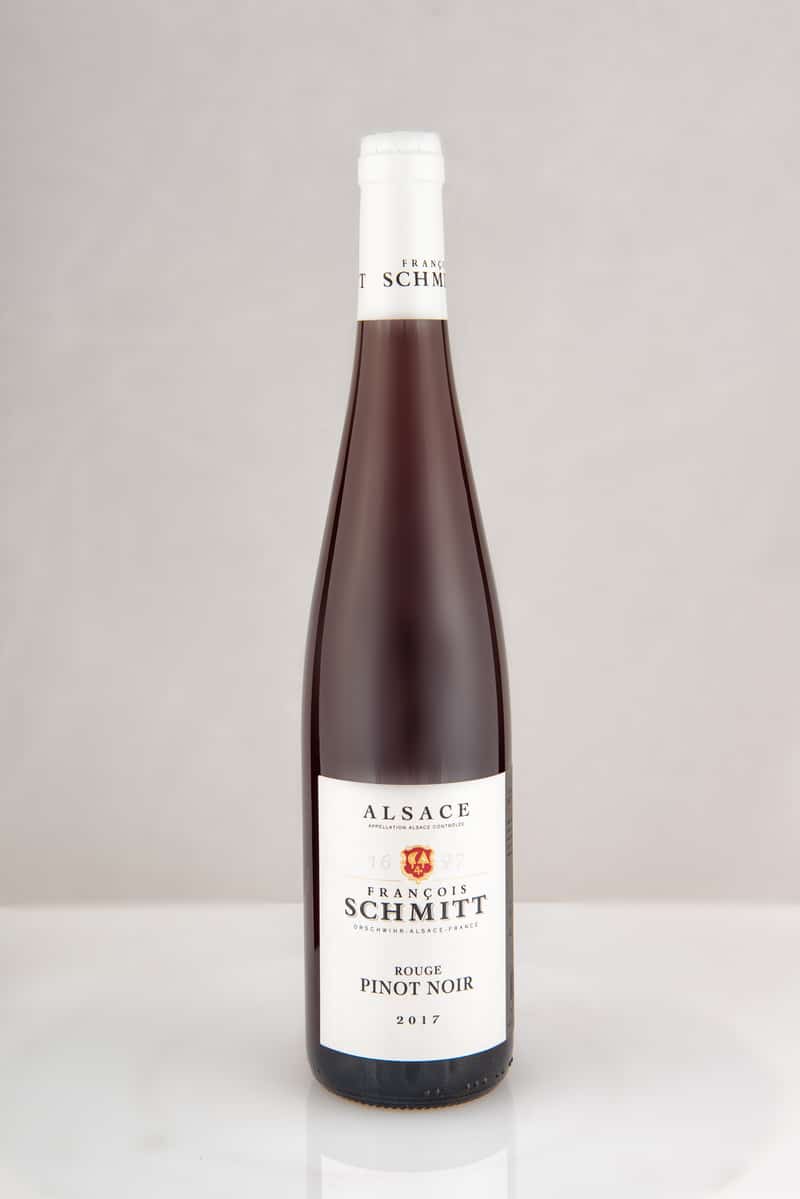
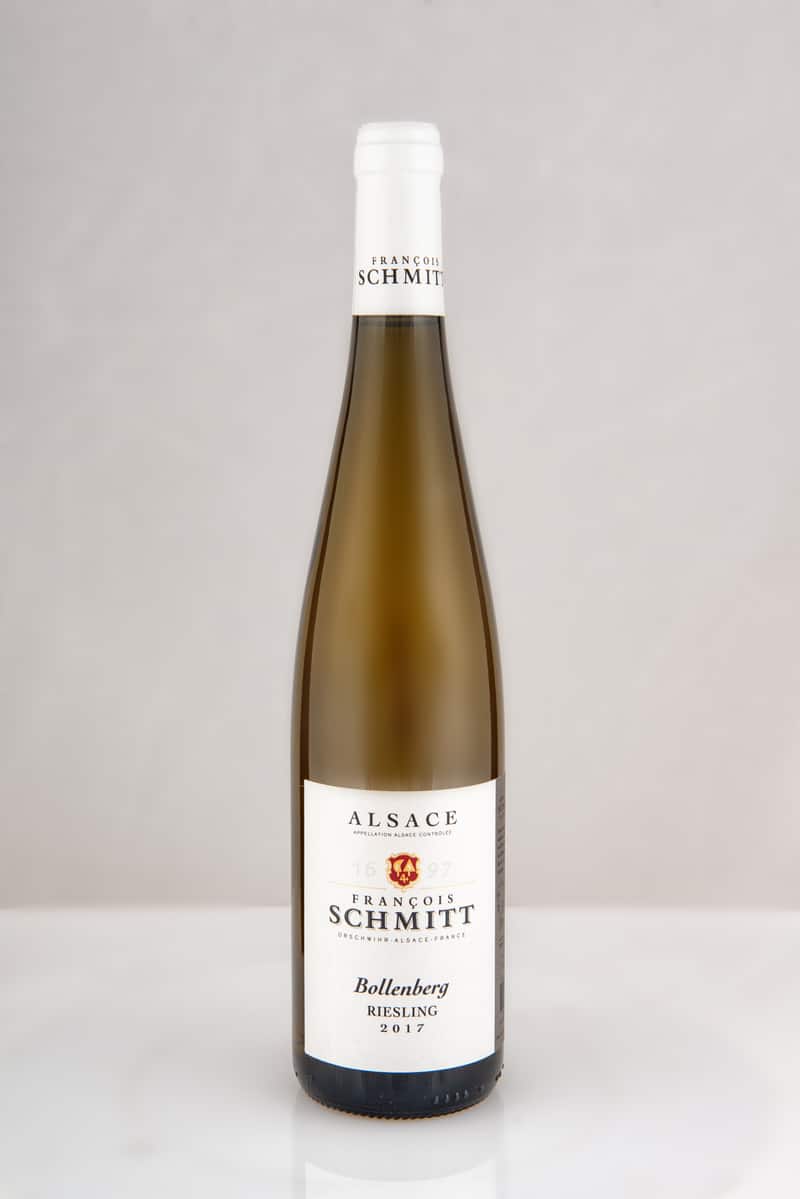
Sunny terroir, giving the wine its aromatic, full-bodied character. Keep for 5-8 years.
A fruity wine, supple and round, irresistible. The perfect accompaniment to red meat.
A gourmet wine for a grape variety that is all too often neglected. Fresh wine, light but with character and notes of horseradish. This wine could accompany a dish of warm oysters or a winemaker’s salad (shallots, endive, watercress and grapes).
A round wine, powerful but dry, with notes of stone fruits and white flowers. The finish is elegant, with a lovely persistence at the end of the palate. This wine may be offered with white meats, snails or warm starters, among other ideas.
A harmonious blend of all of the grape varieties on the Bollenberg terroir, this dry, full-bodied and fruity wine is the ideal accompaniment to aperitifs, tapas evenings or white meats.
A wine with notes of ripe citrus. Fresh attack with a lovely acidity. Fruity, full and rich on the palate. A delicious wine with a long finish. Fish, meat, among others.
A nose with a lovely intensity, with body and powerful. A round wine, powerful and aromatic on the palate, with a lovely fresh aftertaste. Full-bodied and briochy notes, full-bodied wine; a fine accompaniment to numerous dishes, like lamb tagine or any white meat.
Produced from some of the best Bollenberg plots, this is a dominant Gewurztraminer which shows its pedigree and its power. Rich and full on the palate, combines fruit, spice and honey notes. The finish is long and powerful. A dessert wine and aperitif.
Dense wines with depth, characterised by the minerality of the soil. Keep for 10 years or more.
A wine made and matured in a barrel. Intense nose, beautiful and elegant wine with notes of vanilla and fruit. A powerful wine, full and with a wonderful vivacity giving it length and persistence at the end of the palate. A wonderful accompaniment to terrines, rabbit pâté and fillet mignon en croute, for example.
A wine made and matured in a barrel. Toasted and grilled notes. Round and structured on the palate with a long, powerful, sleek finish. Big, dry Pinot Gris, excellent with food. A wine to keep. It is worth leaving it to mature for two to three years to allow its personality to develop fully. White meats or even roast leg of lamb with herbs, creamy poultry vol-au-vent,
The nose is clean and elegant, with notes of ripe citrus. The attack is fresh, clean and has a lovely acidity. This is a well-structured, sound and very characteristic wine. Austere when young so this wine needs two years to develop its complexity. Enjoy with freshwater fish and poultry.
Rich, elegant and delicate nose with notes of candied and exotic fruits.
Fresh on the palate, offering a beautiful balance thanks to its rich and complex acidity. A really elegant wine to accompany food, has a saline finish with excellent persistence. This wine is worth keeping for many years.
A nose with finesse and notes of candied fruit. Full, rich and concentrated on the palate. This is a powerful wine, balanced well by the freshness which is so characteristic of the Pfingstberg. The finish is long and elegant. Suitable as an aperitif and a dessert wine.
A wine made and matured in a barrel. A delicate nose with chocolate and roasted notes. Round on the palate, supported by a lovely freshness with notes of black cherry and supple tannins. Rich and complex wine but which retains the fruitiness and freshness. Red meat (e.g. entrecotes, fillets) (but not hung for too long).

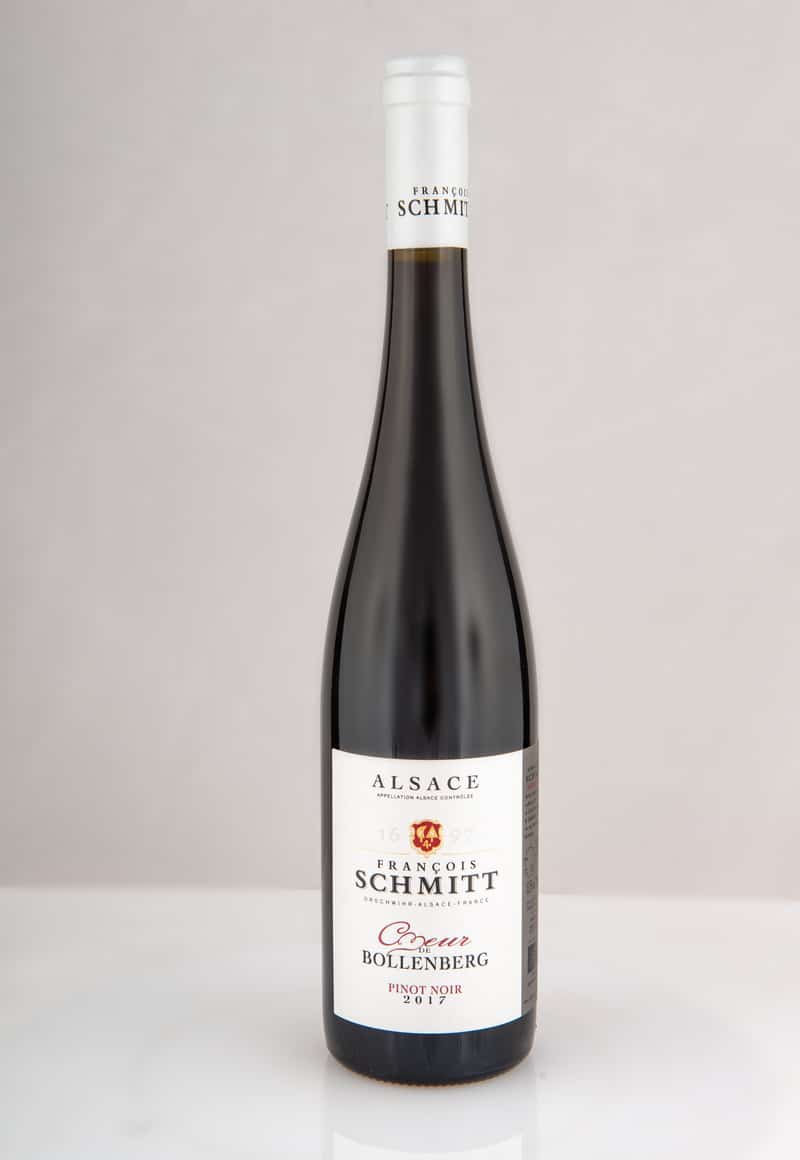
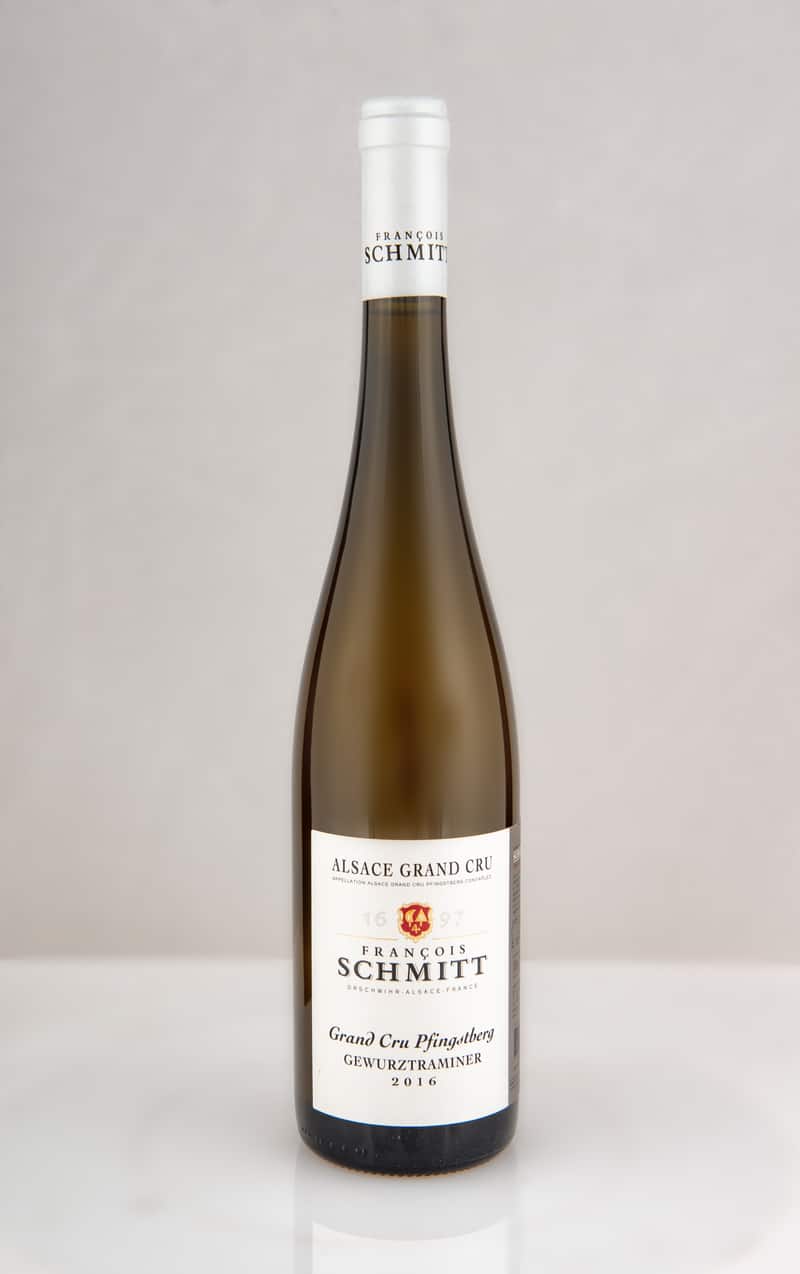
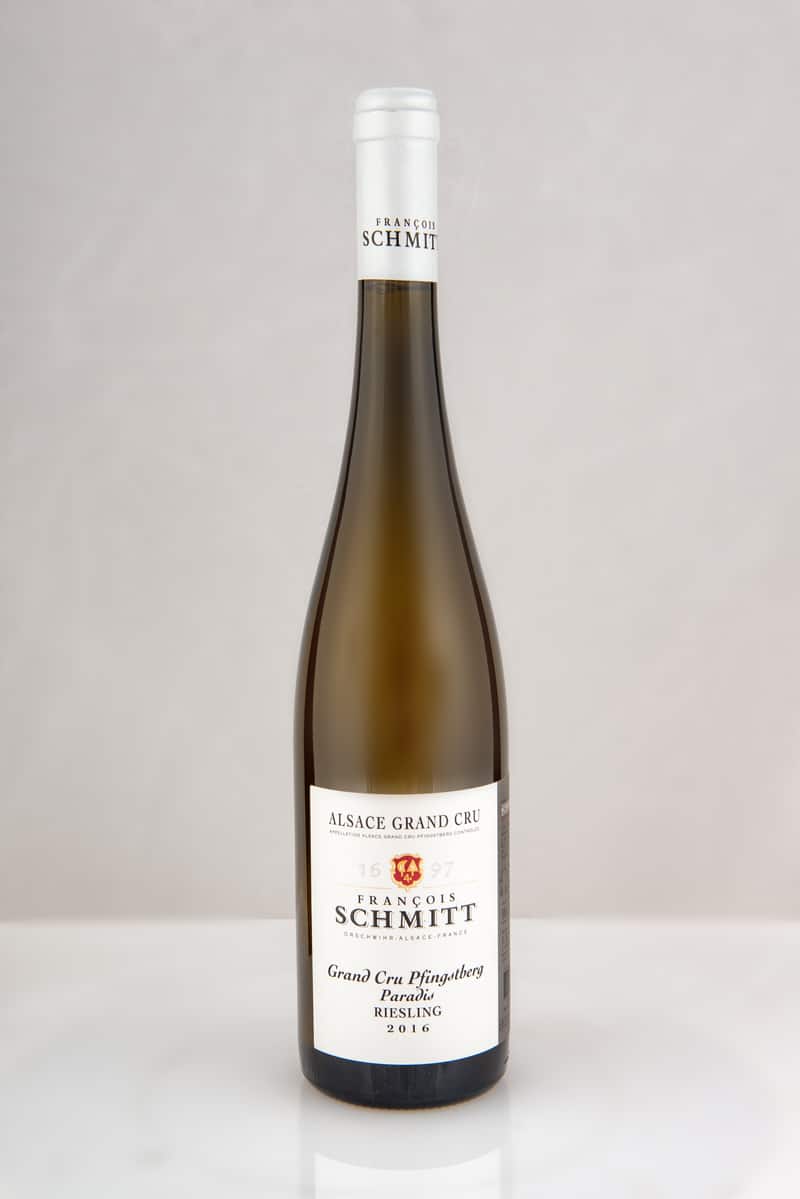
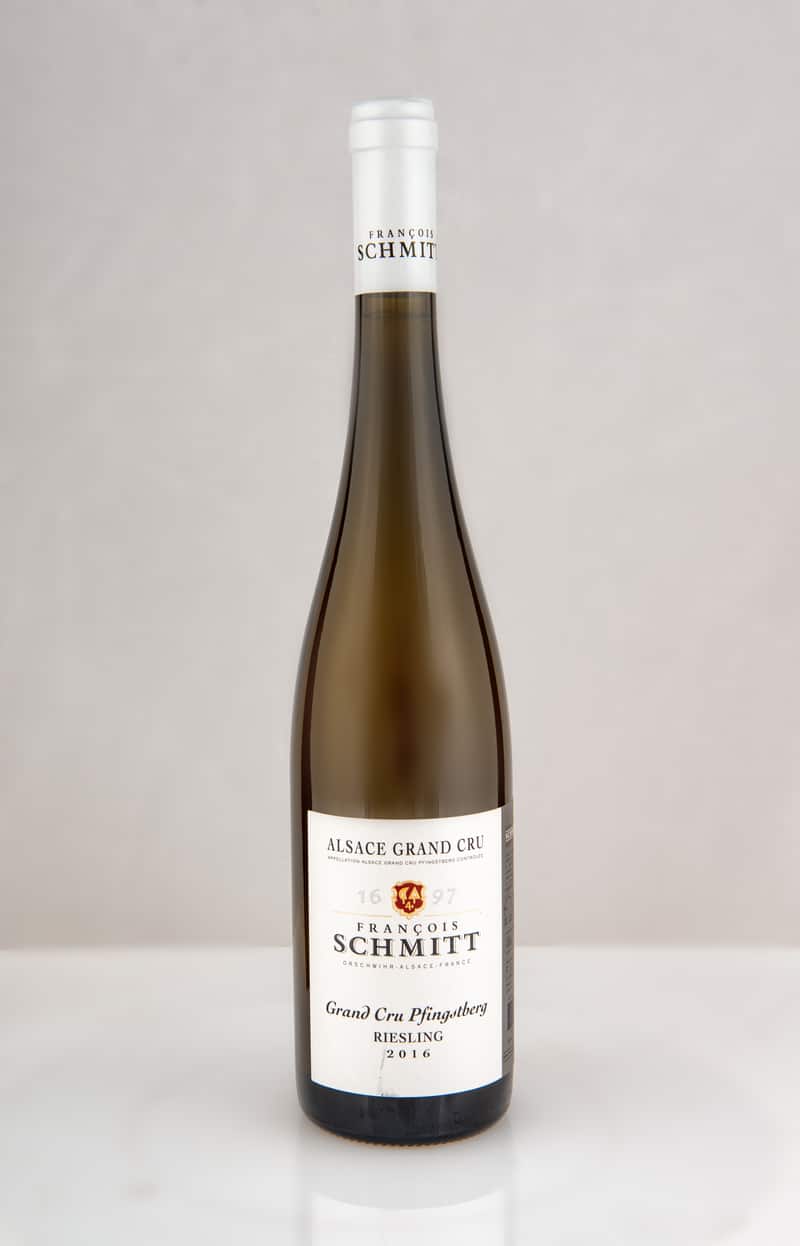
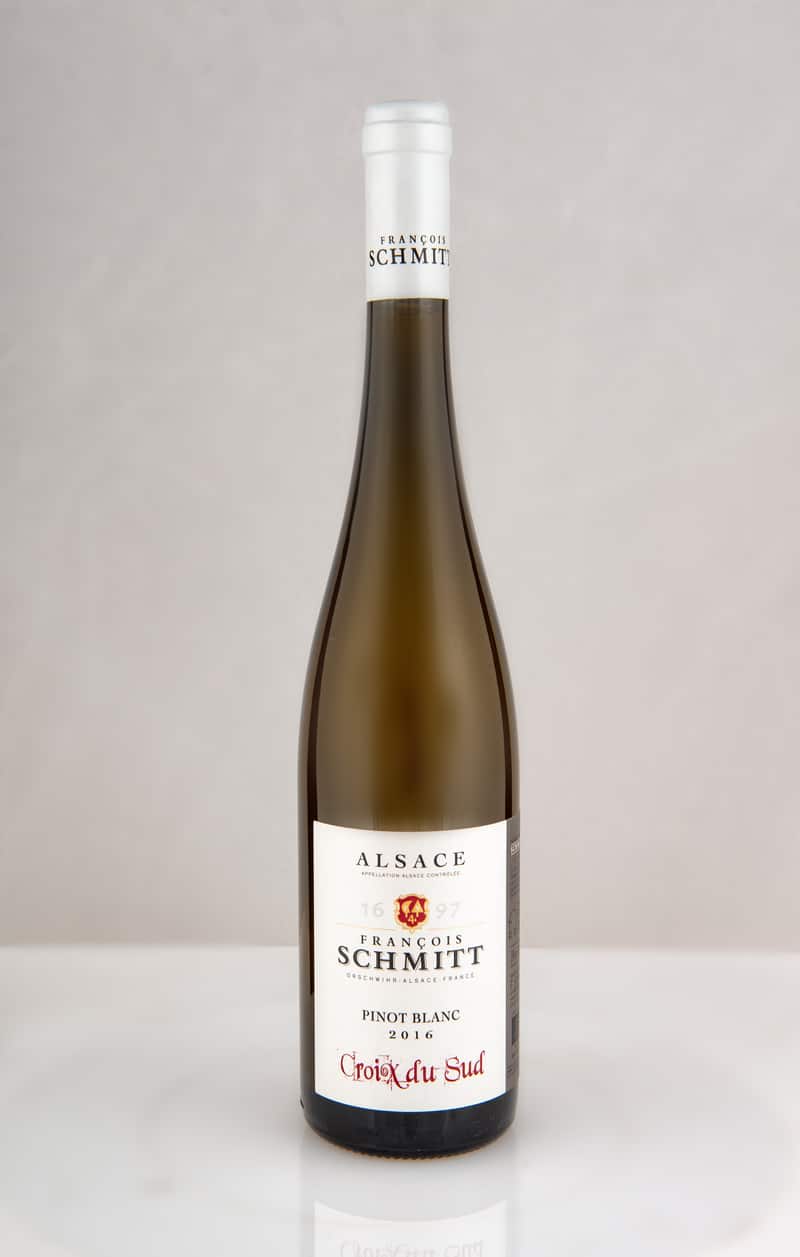
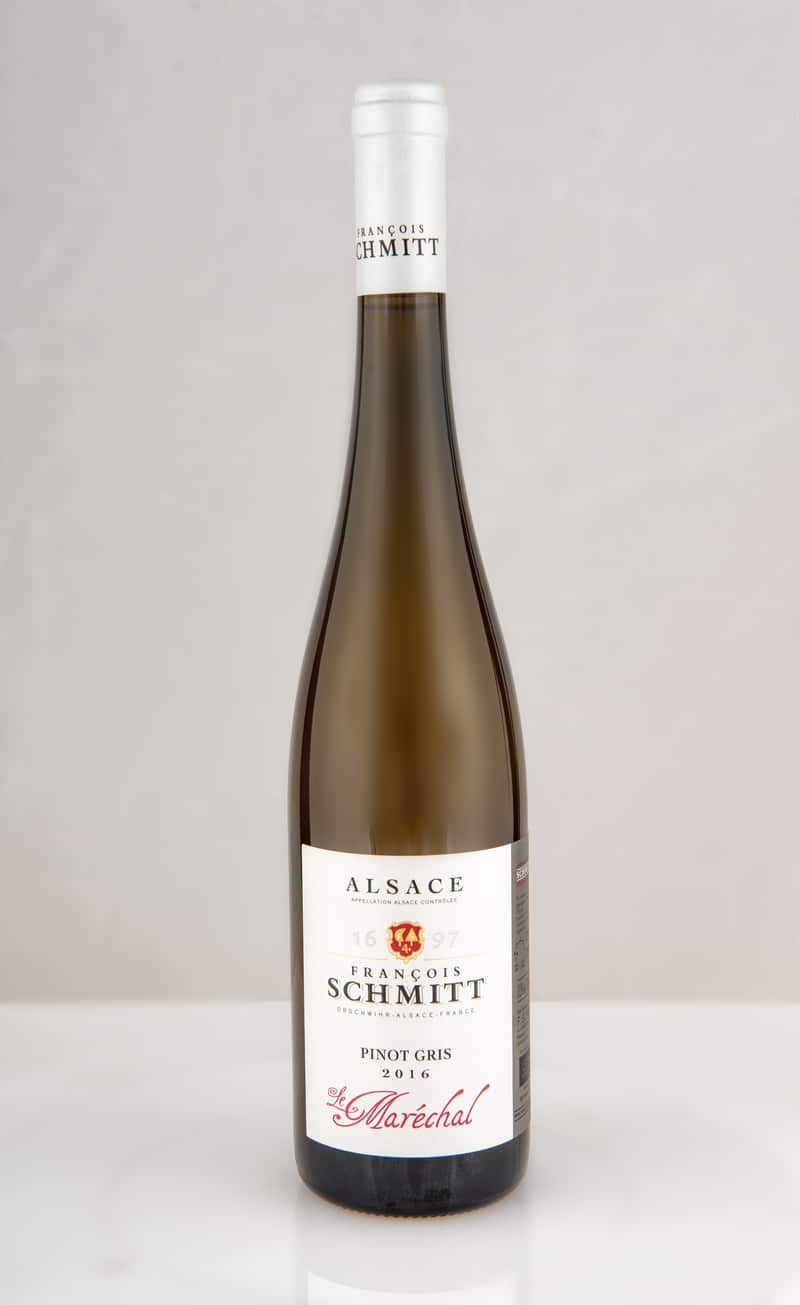

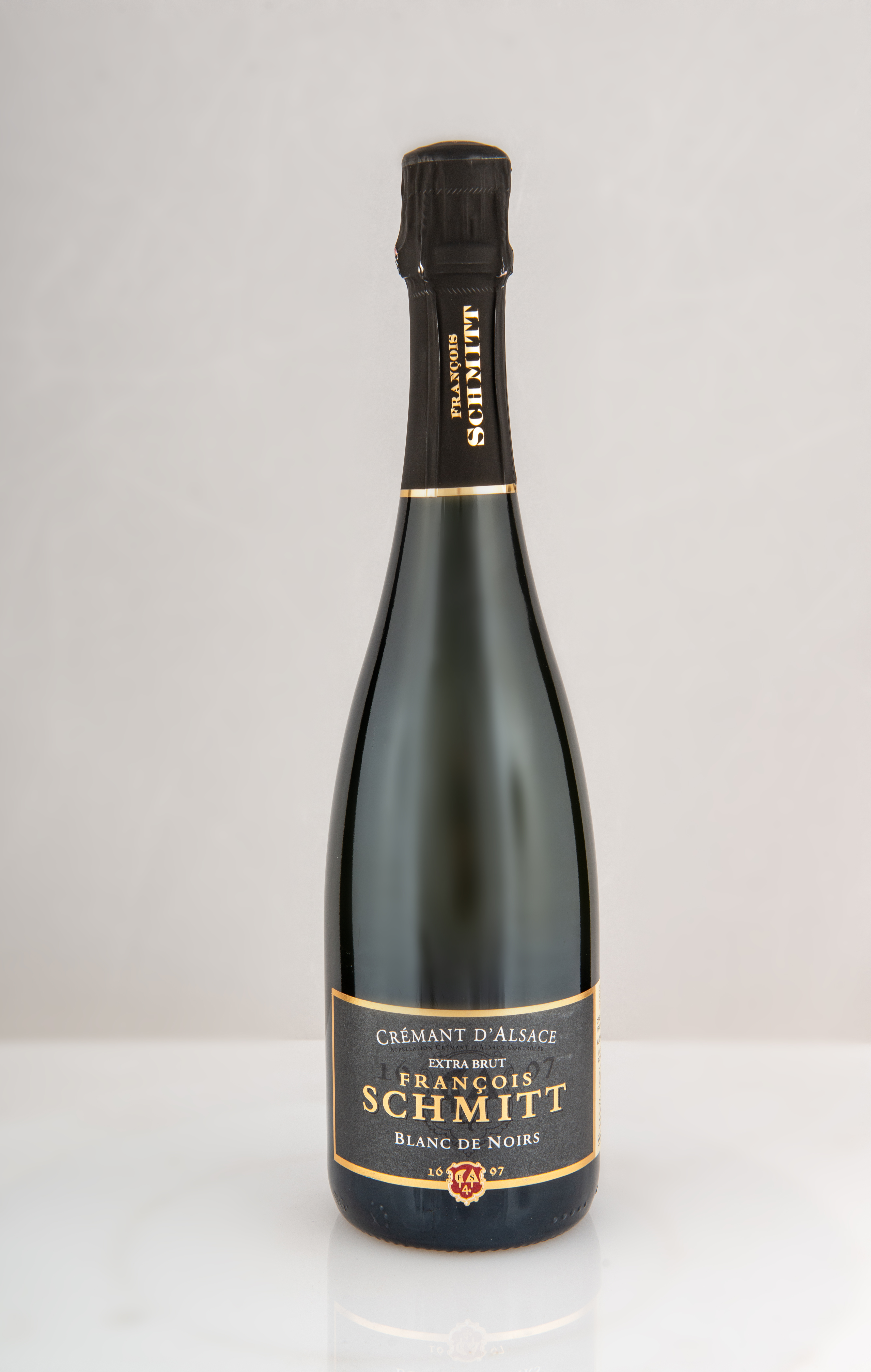
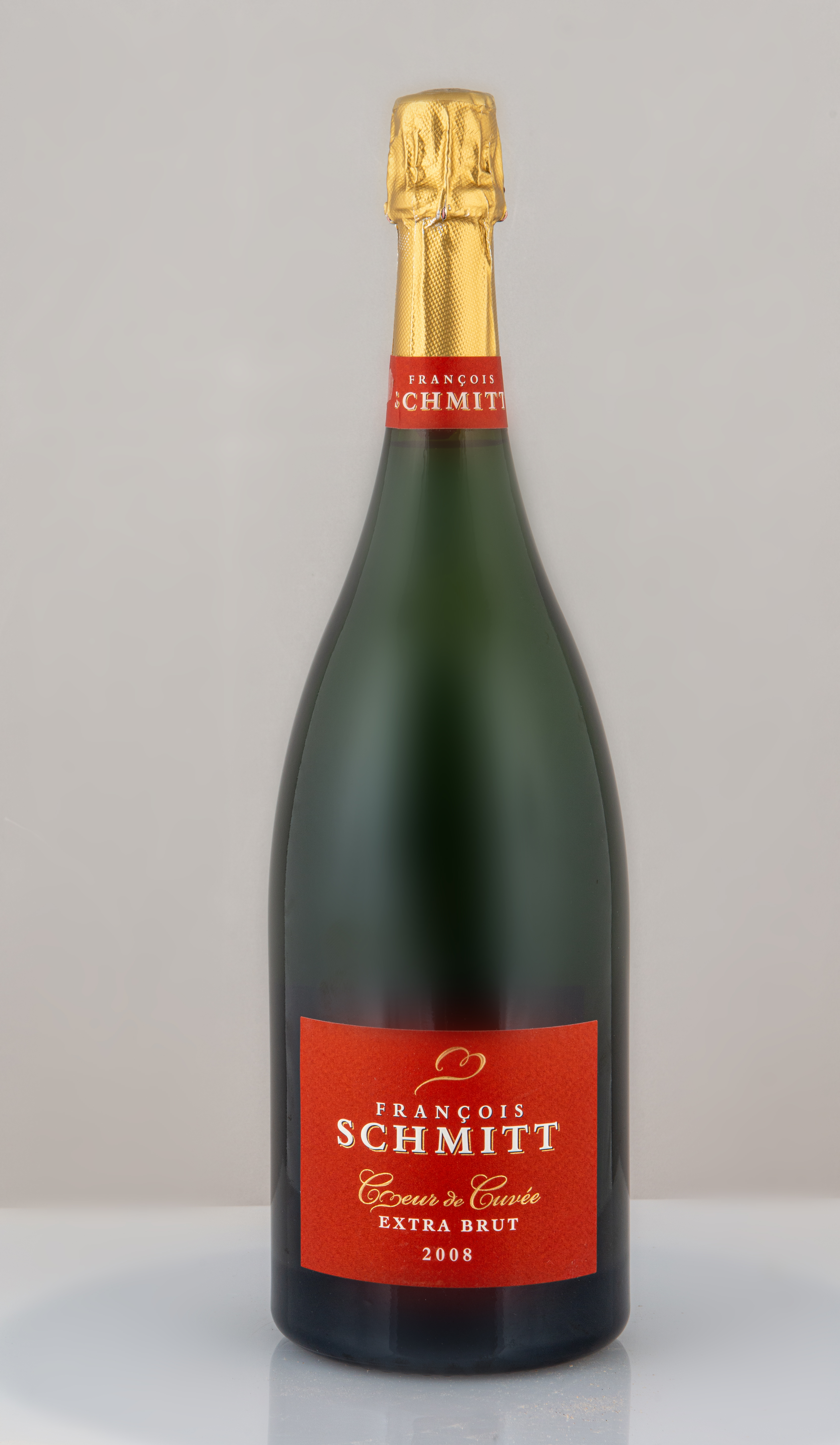
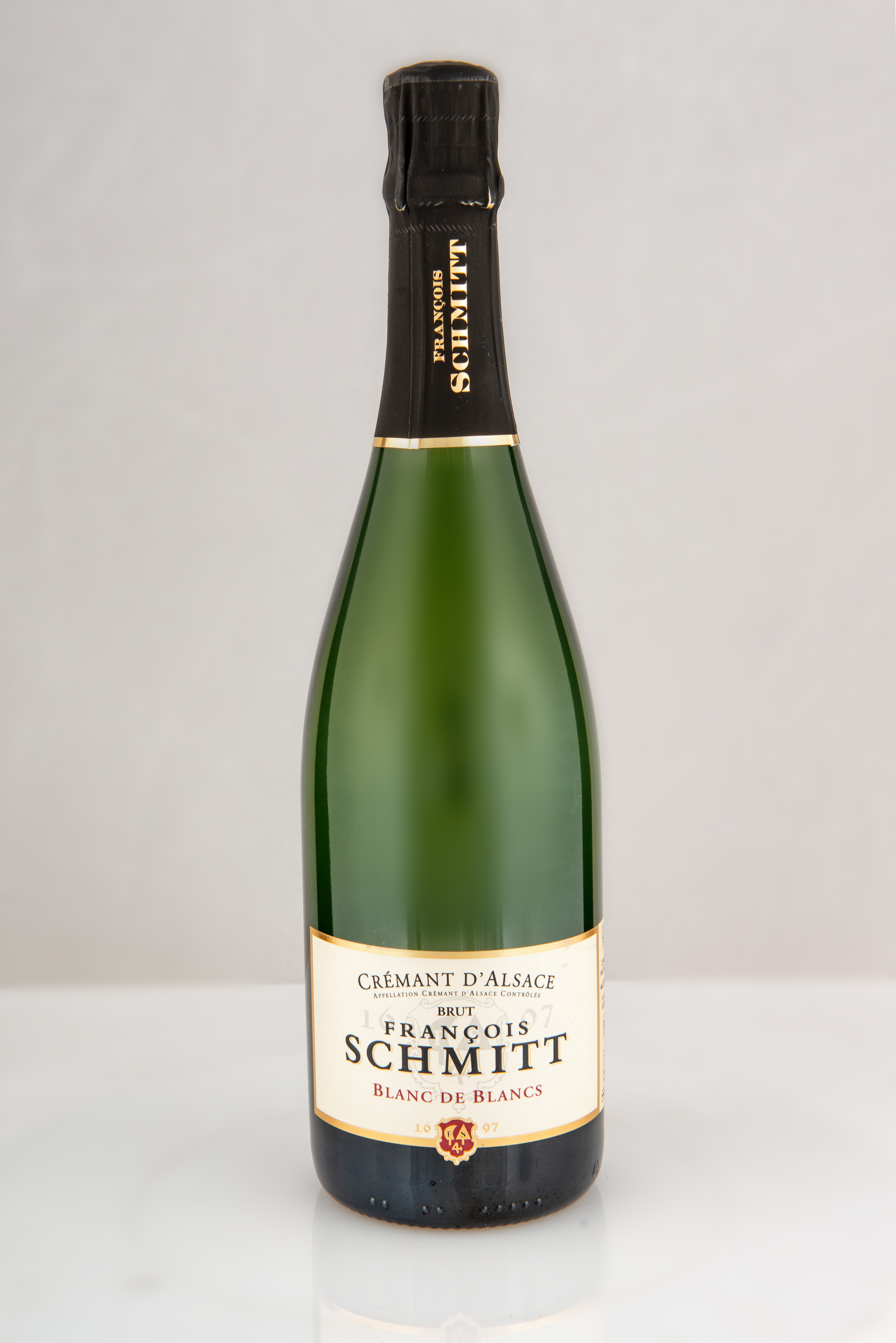
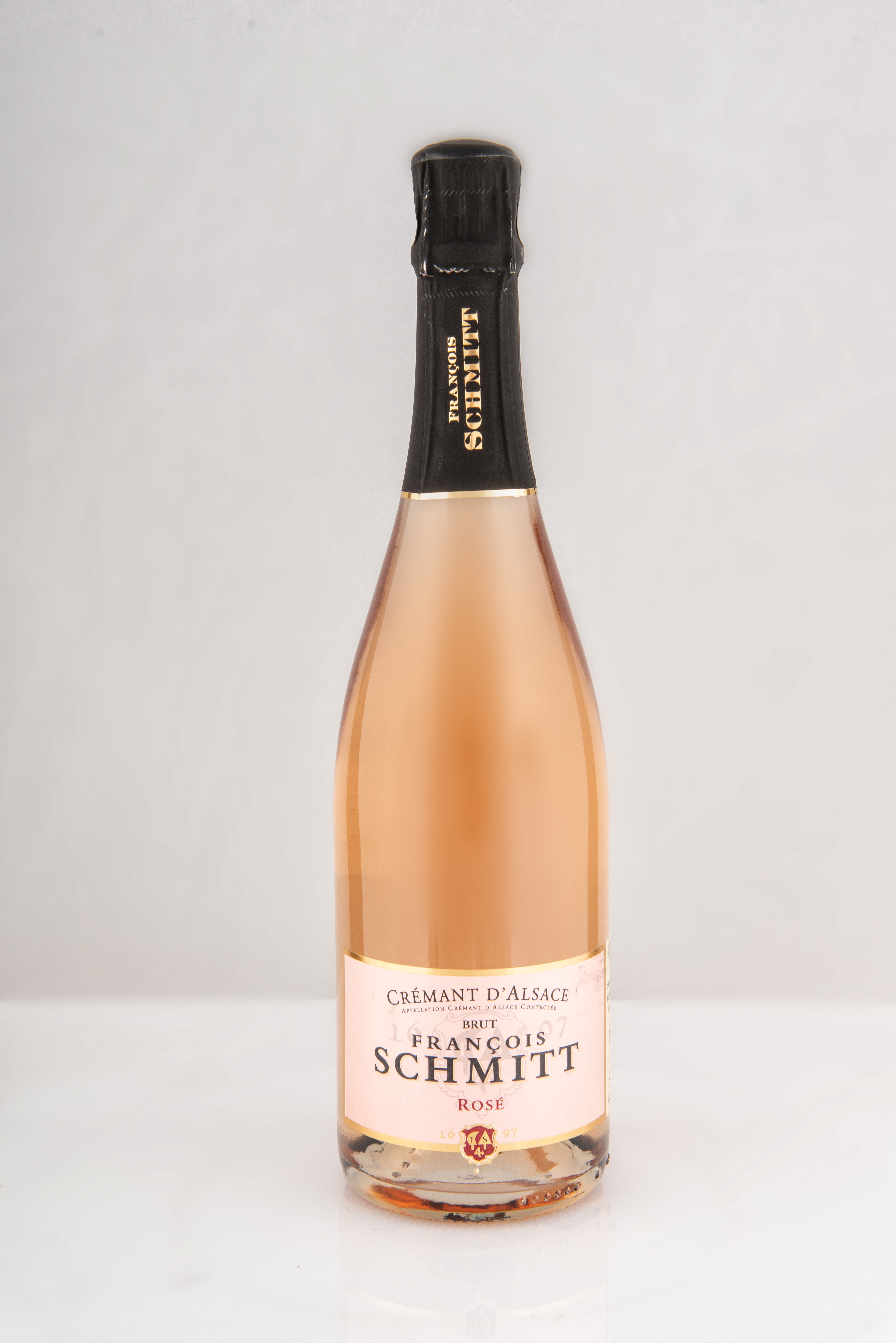
A blend of Pinot Blanc, Auxerrois and Chardonnay. Supple Crémant with briochy notes and a beautiful effervescence. A round wine to enjoy and the ideal companion to any aperitif.
A Crémant produced from Pinot Noir grapes. A nose with notes of red fruit. Creamy and rich on the palate, supple and round with a delicious finish. A dessert or aperitif wine.
This Crémant is produced exclusively using a strict sorting and harvesting of the best Pinot Noir vintages taken from a selection of the first juice from the press. One part is made in a barrel so it acquires more creaminess. The attack is fresh, with plenty of bubbles, lending a great vivacity to the overall impression. The aromas are delicate and elegant with briochy notes and a long, delicate persistence. A wine for celebrations but also to accompany fine-dining for those who love a dry Crémant.
Only available as a magnum. Cœur de Cuvée is produced from the strict selection of Pinot Noir and Chardonnay. Cœur de Cuvée’s signature is the freshness of the limestone and the creaminess of the marl of the Bollenberg terroir. Produced exclusively from the juices of the noblest grapes aged in a barrel, this Grand Vin is stored lovingly in our cellars and only revealed to you after it has fermented for 5 years.
Dosed sparingly in order to enjoy all of the purity and aromatic complexity of this exceptional, only 400 to 800 bottles of this limited edition vintage wine are produced every year. Coeur de Cuvée – to be reserved for the really big moments in your life.
Produced only in great vintage years according to very strict criteria. These wines are produced using over-ripe grapes. They are made using Gewurztraminer, Pinot Gris and Riesling grape varieties and, more rarely, from Muscat too.
They are harvested using successive rounds of sorting and harvesting. The rigour of this sorting and harvesting, and the concentrating of the grapes harvested determines whether they qualify as a Vendange Tardive (late-picked wine) or – in an exceptional year – a Sélection de Grains Nobles (SGN) i.e. grapes affected by noble rot and harvested by hand.
The explosion of aromas and flavours from these highly concentrated wines makes them more suited as an aperitif or enjoyed with dessert or foie gras when they are young. Alternatively, they can be a great accompaniment to fine dining as the years pass effortlessly.
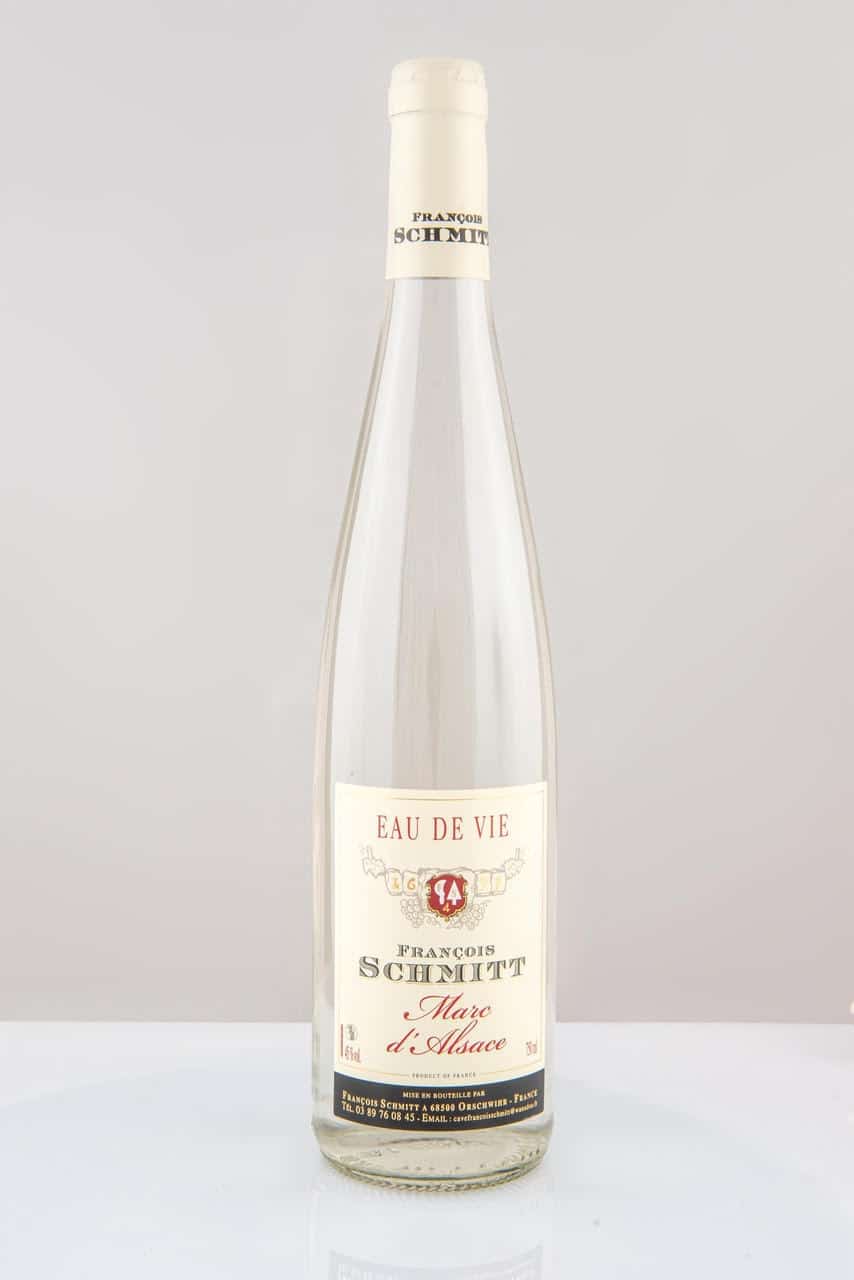
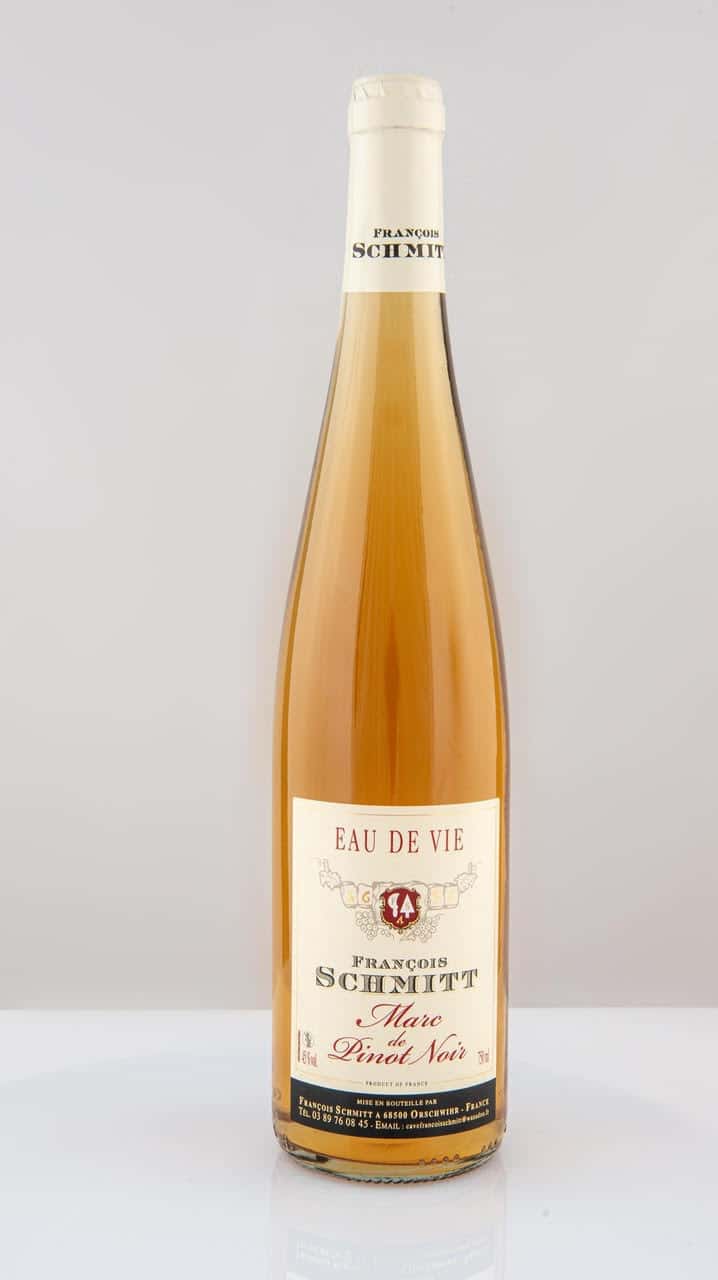

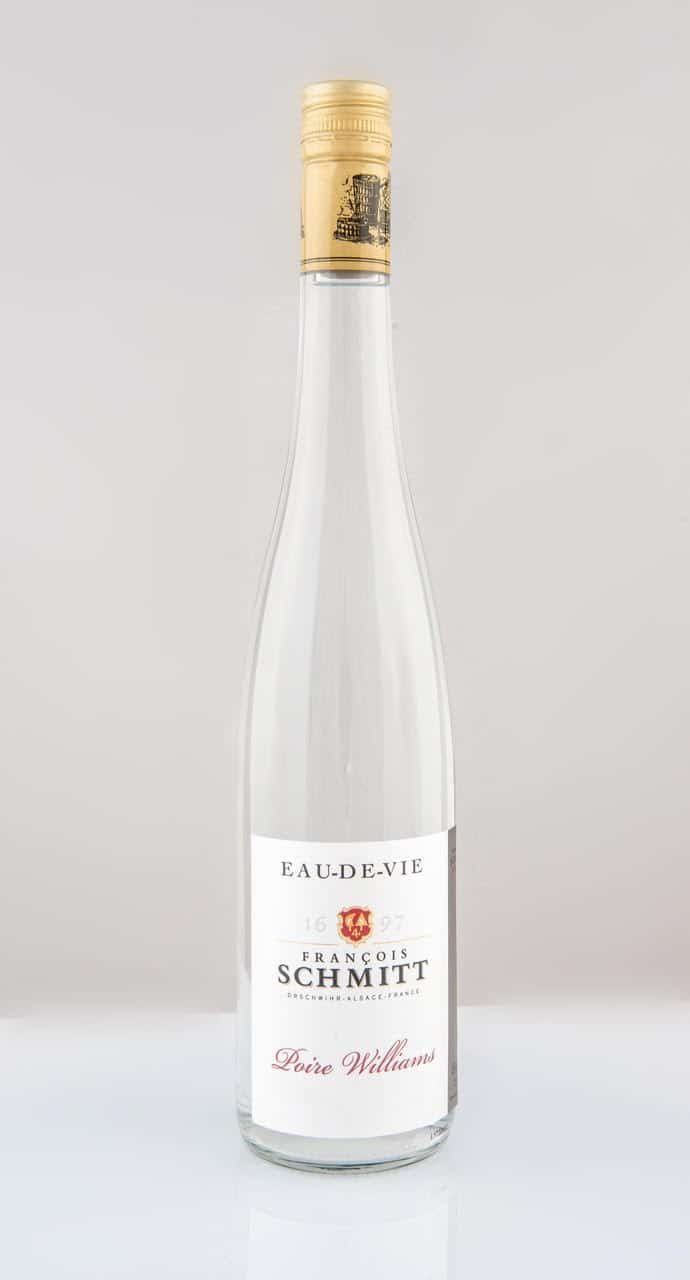
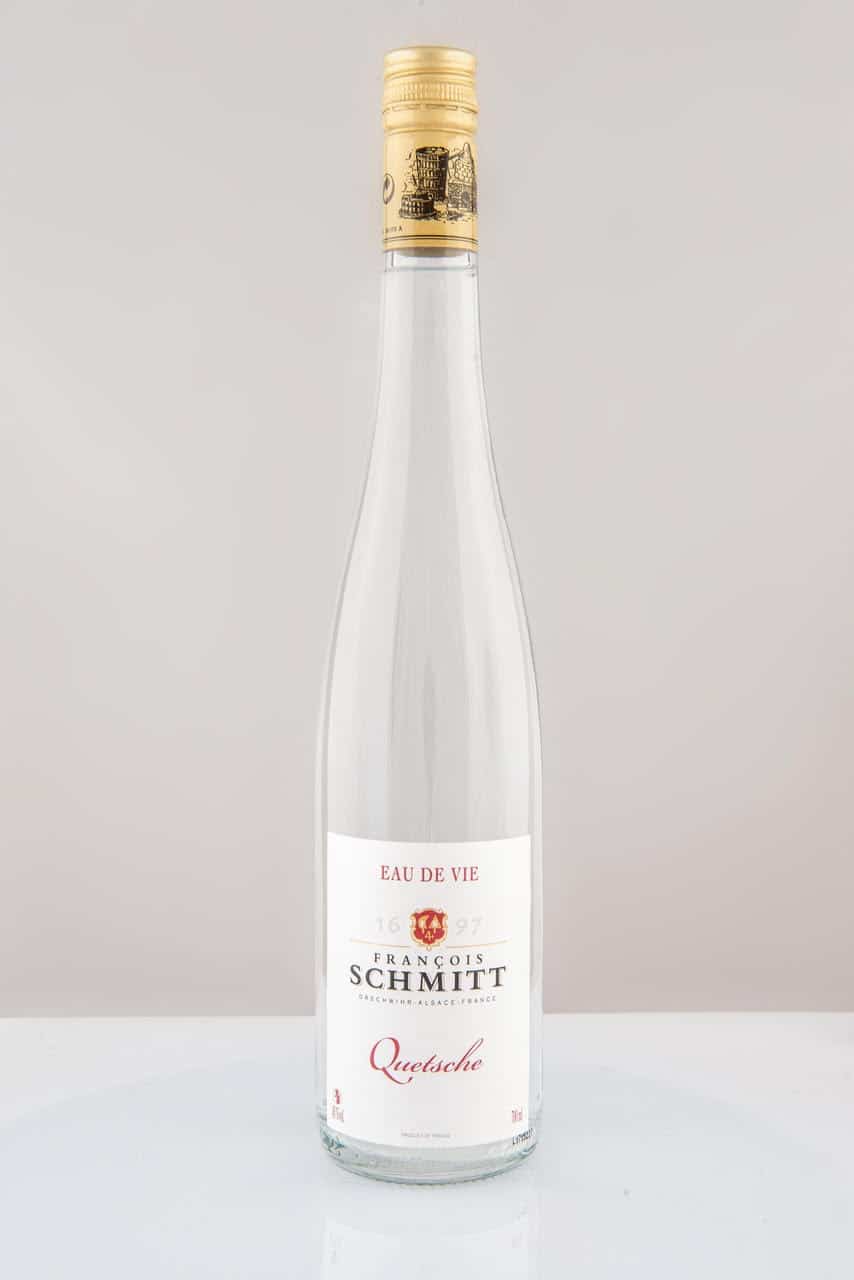
This Grand Cru vineyard faces south-east and covers 28.15 hectares at an altitude of 250 to 350 metres.
The subsoil is chalky sandstone and micaceous-sandstone (Muschelkalk underneath and Buntsandstein/red sandstone on the top). The texture ranges from limestone-sandstone to marly limestone-sandstone.
Pfingstberg wines are highly complex, but austere when young so they always need one or two years before you start to open them. Their long, delicate acidity levels ensure they can be kept for a long time. These characteristics are partly due to the forest on top of the summit which ensures that Pfingstberg is provided with a constant supply of water and remains consistently cool.
Our vintage is named after Paradis street – the location of our Domaine’s historic plot of land – and is located right in the heart of the Grand Cru on one of the steepest sections.
Our Riesling plots lie up on the high sections that are dominated by sandstone and limestone. It this which gives this grape its finesse and power.
Gewurztraminers are planted in the marliest soil so they can benefit from all the richness provided by the clay.
Bollenberg is in many ways a very distinct hill. Rising to an altitude of 360m, this limestone massif nestled between the Vosges plain and the foothills comprises some 300 hectares of vines and enjoys a serious reputation.
First of all, with naturalists because this very dry site is one of the most arid regions of France, with an average rainfall of 450mm per year. This is demonstrated by its native flora and fauna which is remarkably Mediterranean in flavour: orchids (the Bee Orchid), reptiles (the Western Green Lizard) and birds (the Eurasian Hoopoe).
Historians are not to be outdone because the forces at work on the soil on this site are the source of numerous tales and legends. The quality and personality of the wines that emerge from this slope have been recognised for many years.
We need to distinguish between two main entities on this massif:
– on the western part facing the village of Orschwihr, the soil is marly limestone. On the medium to steep slopes, heavy warm soils benefit from good reserves of water. Westerly winds which sweep through the village rise back up these slopes, regularly ventilating this hillside. It is no coincidence therefore that the majority of street names on this slope contain the word for air (Luft) e.g. Mittlere Luft, Kleine Luft, etc.
These various characteristics are the reason why we produce Vendanges Tardives (late-picked wines) and Sélections de Grains Nobles here.
The wines are rich, opulent and exuberant. The botrytis which causes this very desirable noble rot develops easily.
– the majority of the eastern part is characterised by the thinness of the soil, and sometimes even of the bedrock. Scarce water resources on this very sunny terroir produce really robust, aromatic, full-bodied wines with massive acidity. The wines here are more austere than those on the western slopes or other sections where there is more clay, but they have a very strong personality.
We produce the entire range of Alsace grape varieties there.
Three Bollenberg terroirs are applying for the designation of Premier Cru as part of developing this in Alsace: Neuberg on the west slope, Luft on the east slope and Effenberg on the south slope.
This Grand Cru, named Zinnkoepflé or Sonnenkoepflé, takes its name from the (old) German word for sun (Sonne or Zinn) while ‘Kopf’ means ‘head’. Zinnkoepflé therefore means ‘little head in the sun’.
Our vineyard is situated on the boundary of two municipalities, Soultzmatt and Westhalten, at an altitude of between 250m and 428m. This Grand Cru – grown on a majestic south and south-east-facing hillside with rugged, steep slopes supported by low walls – dominates this picturesque, warm valley called Vallis Praenobilis in the old texts.
Protected from the wind and rain by the Petit and the Grand Ballon d’Alsace mountains, and planted on very stony limestone-sandstone soil, Gewurztraminer, Pinot Gris, Riesling and a small amount of Muscat are the pride of this Grand Cru.
Zinnkoepflé wines are characterised by their rich, aromatic and full-bodied bouquet for Gewurztraminers while Rieslings are all finesse and harmony. These are wines to keep. They are fine wines for fine dining. The Muschelkalk shell limestone, dotted with sandstone inclusions which lie beneath the Zinnkoepflé soils, contributes an aromatic finesse and a remarkable acidity which provide the underlying structure for the superb power of the wines from this terroir.
Here are a few tips to help you appreciate our wines at their best:
Tasting temperatures
White and rosé wines between 10 and 12°C.
Crémants between 7 and 9°C.
Alsace red and Coeur de Bollenberg between 15 and 16°C.
Be aware that the cold inhibits the aromas so be careful to avoid excessive chilling. Decanting proves to be very useful across the range of Grand Cru wines (white as well as red) so long as you master the technique. Otherwise, content yourself with opening the bottle 1 hour in advance, or more if the wine is young.
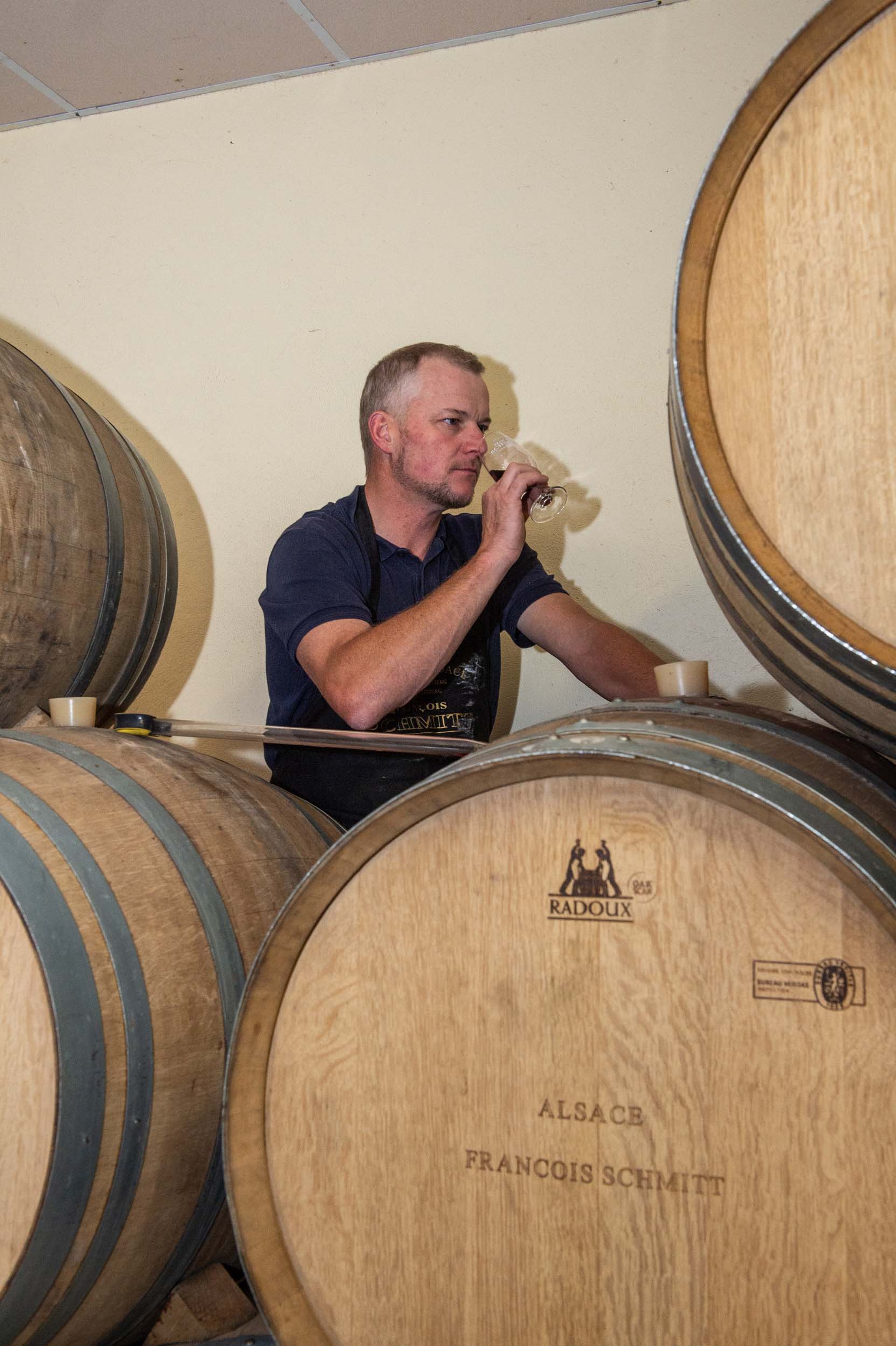

So that your bottles display their full array of aromas on tasting, they must be stored very carefully. In addition, those bottles that you intend to age must also be kept at a precise and constant temperature in a place which is sufficiently dark, humid and vibration-free.
The temperature at which you store wine may alter its ageing, and therefore its aroma and bouquet. Ideally, store it between 10°C and 13°C. In practice, a tolerance of 3 to 4°C is still acceptable. By contrast, a stable temperature is the really crucial factor. Sudden changes in temperature have a considerable impact on how it matures.
A relative humidity of between 70-75% is ideal.
If the cellar is too dry, the cork might dry out and shrink and so provide a less good hermetic seal. On the other hand, even if storage conditions are too humid they pose little risk to the wine provided that the room is well-ventilated.
Never store wine in boxes.
To provide the best protection for the raw materials, grapes are fed whole into a pneumatic press without reverting to triturating (crushing) to ensure that a fine juice is obtained.
A slow, gentle press then takes between 4 and 8 hours. After the pulp has been removed, natural yeasts ensure we achieve a slow fermentation so that we can precisely control the density and the temperature.
Wine is fermented either over fine lees or gross lees to feed the wine and give it natural stability. Fine filtration takes place occasionally during fermentation right up until the wine is bottled.
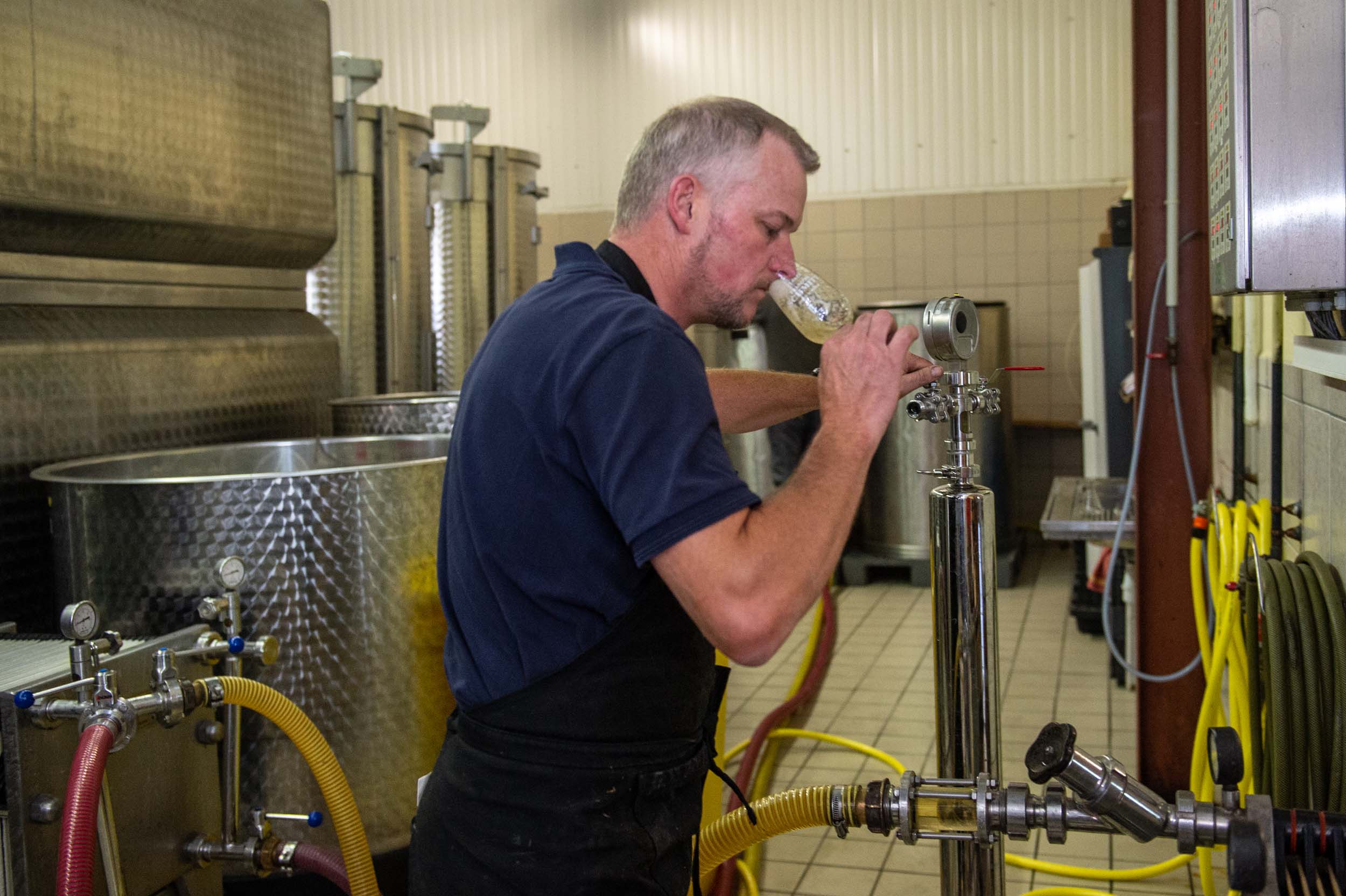
Please note: so we can guarantee you the most perfect wines possible, we have opted to use real corks made by Diam. This enables us to guarantee there will be no corky taste and it also retains the freshness and fruitiness of our wines.
All of our grapes are harvested by hand by successive rounds of sorting and harvesting to achieve optimum ripeness and quality. The first sorting and harvesting occurs on the actual vine and a second occurs on the sorting table before pressing.



Drink responsibly and make healthier choices.
Copyright 2020 @ Agence HOP
